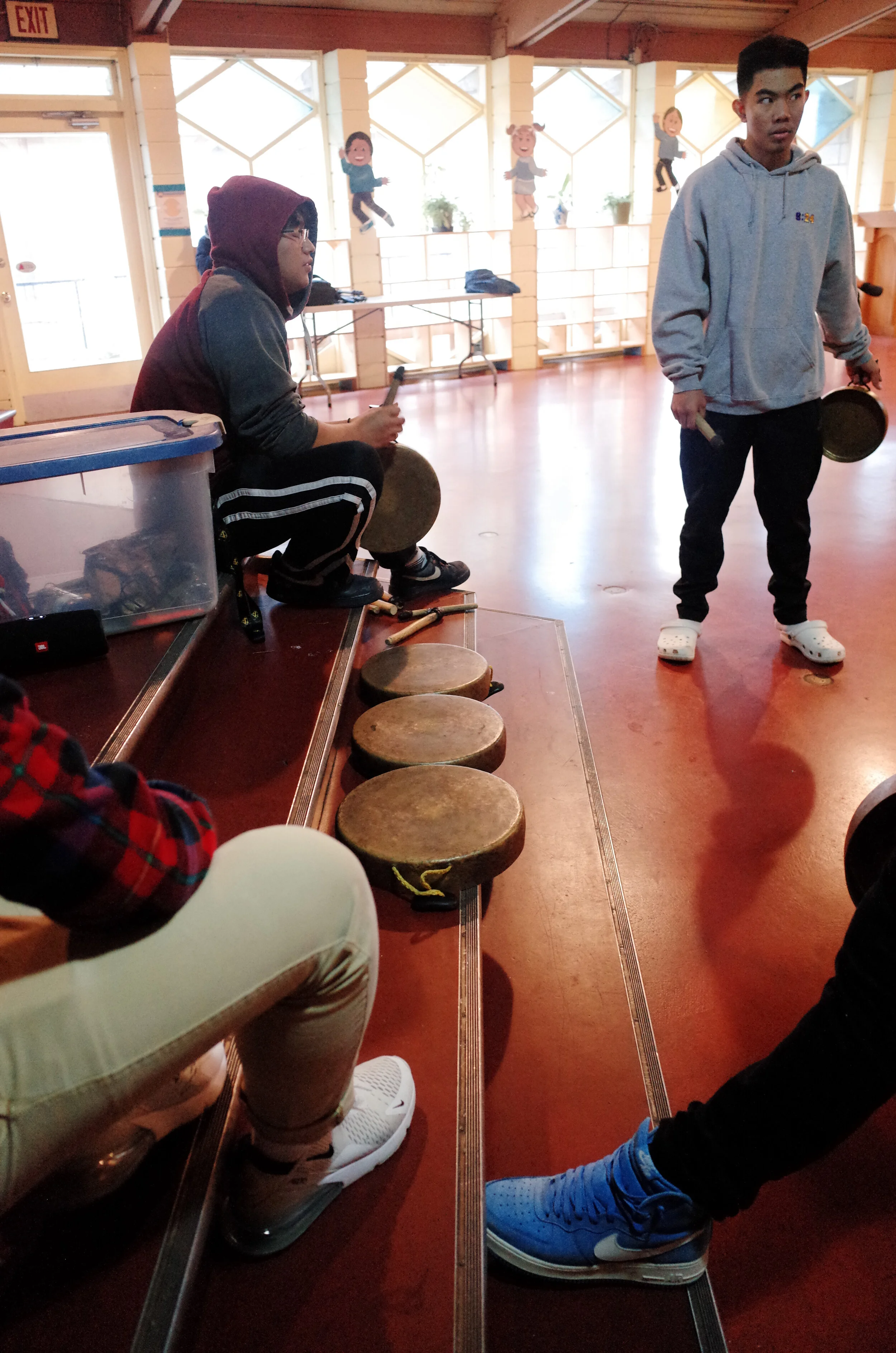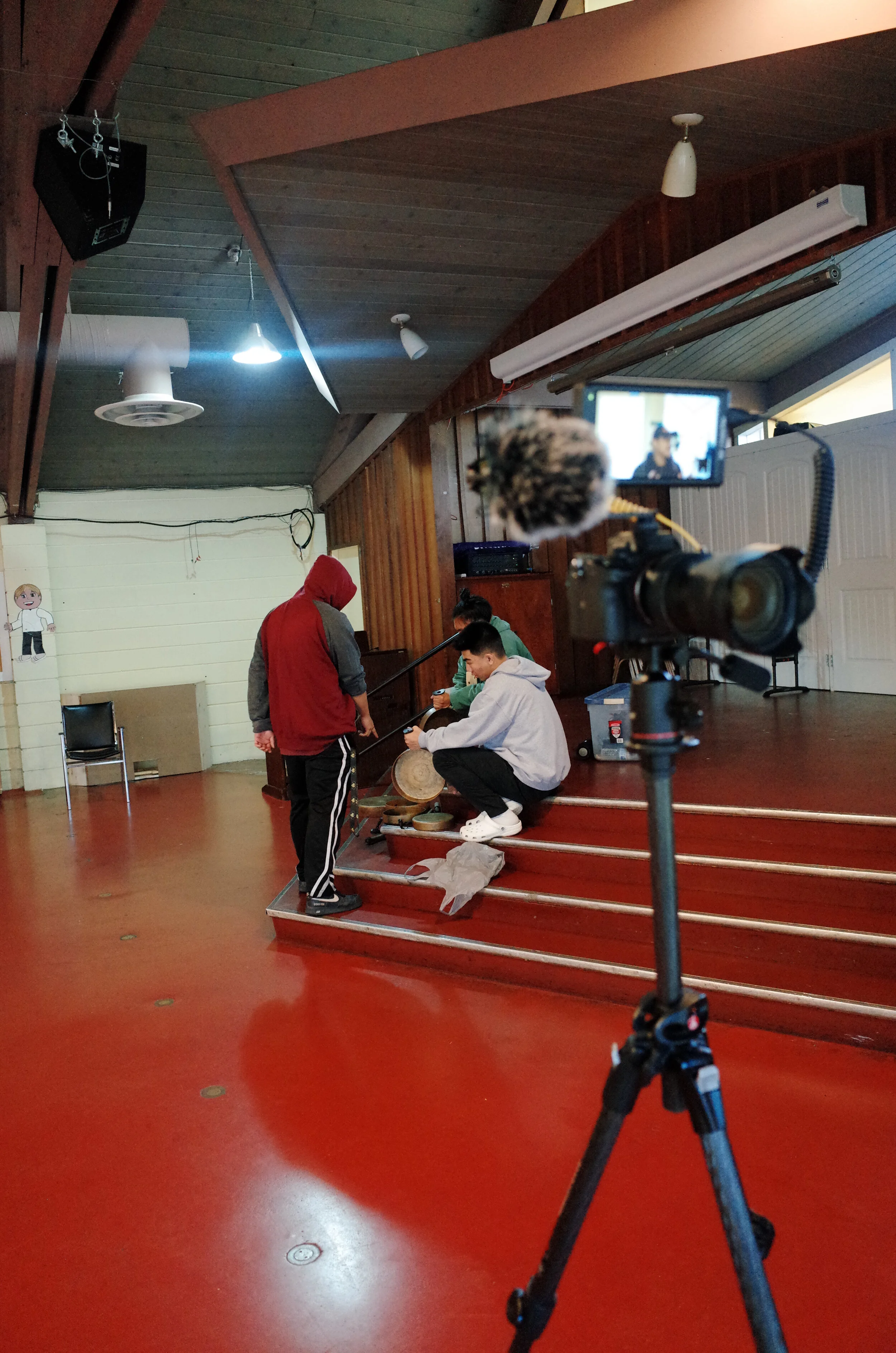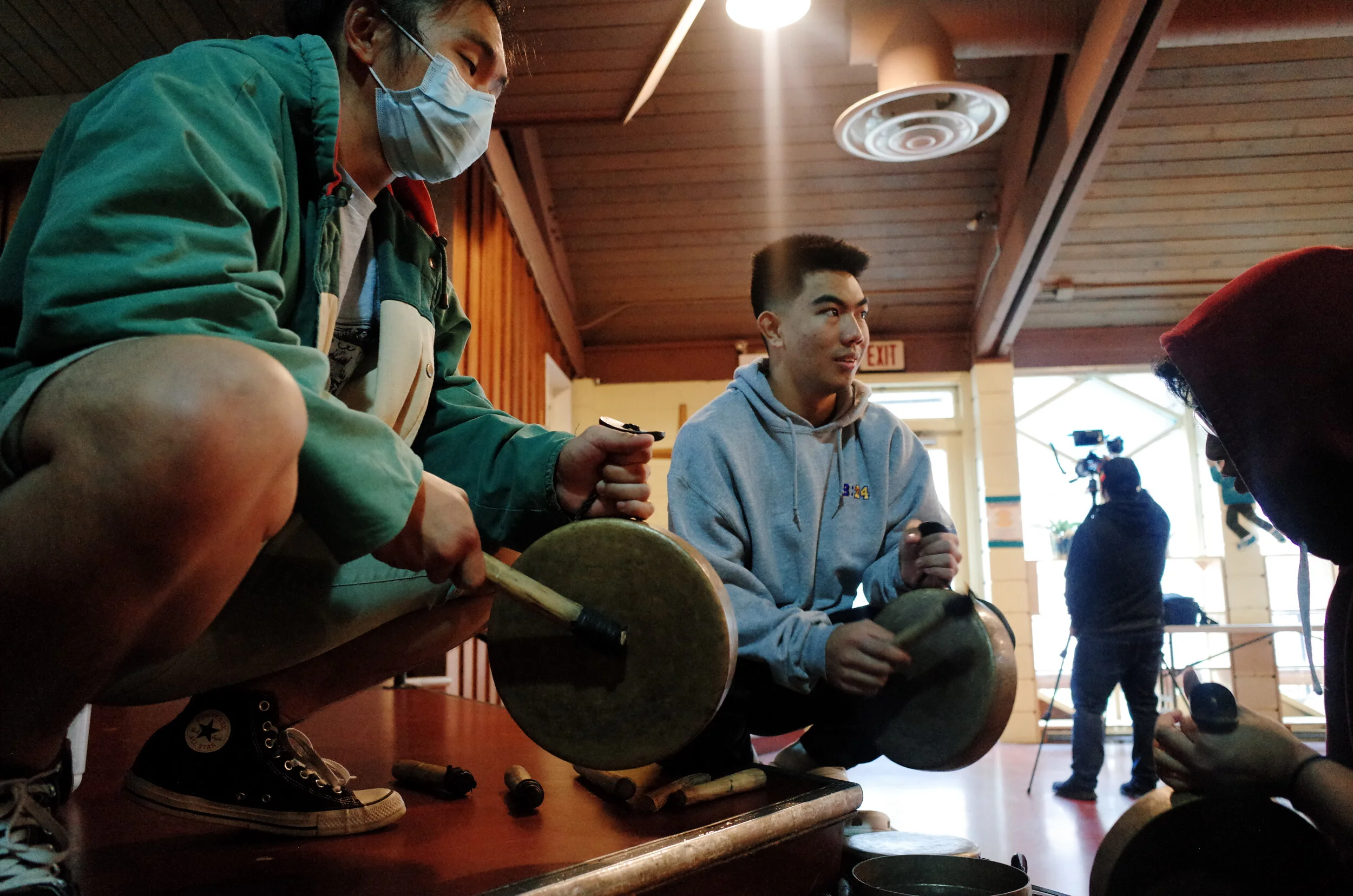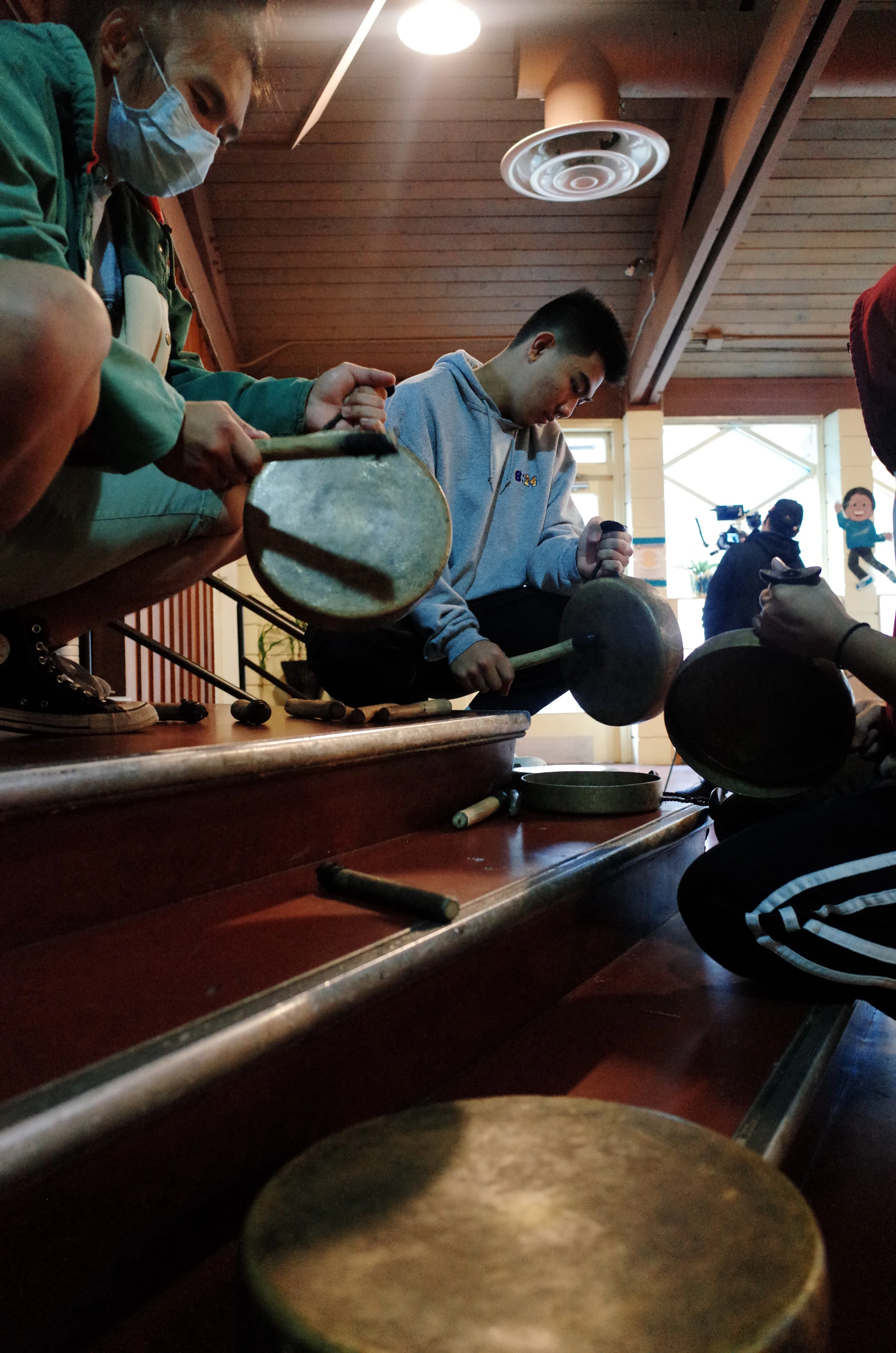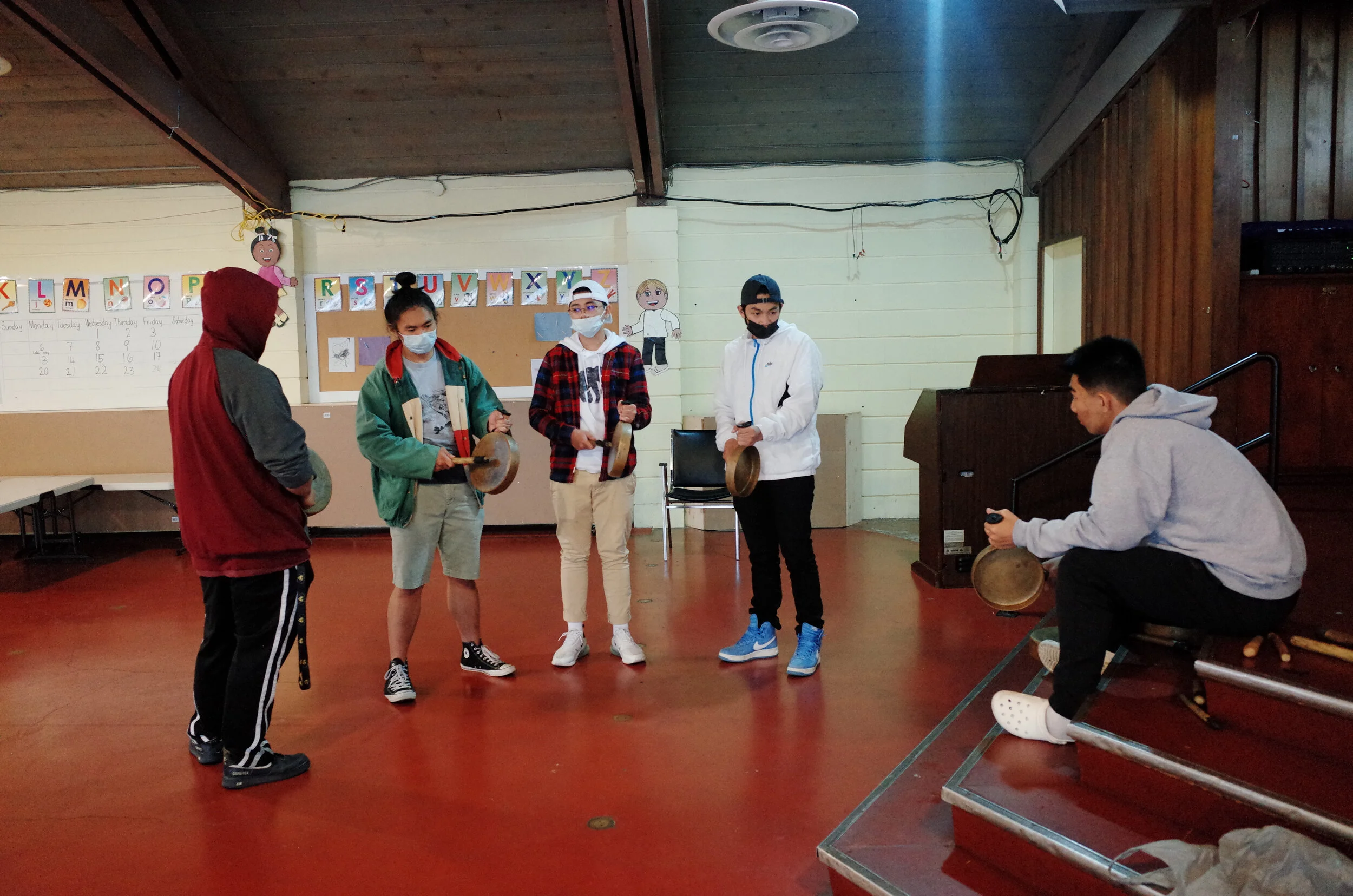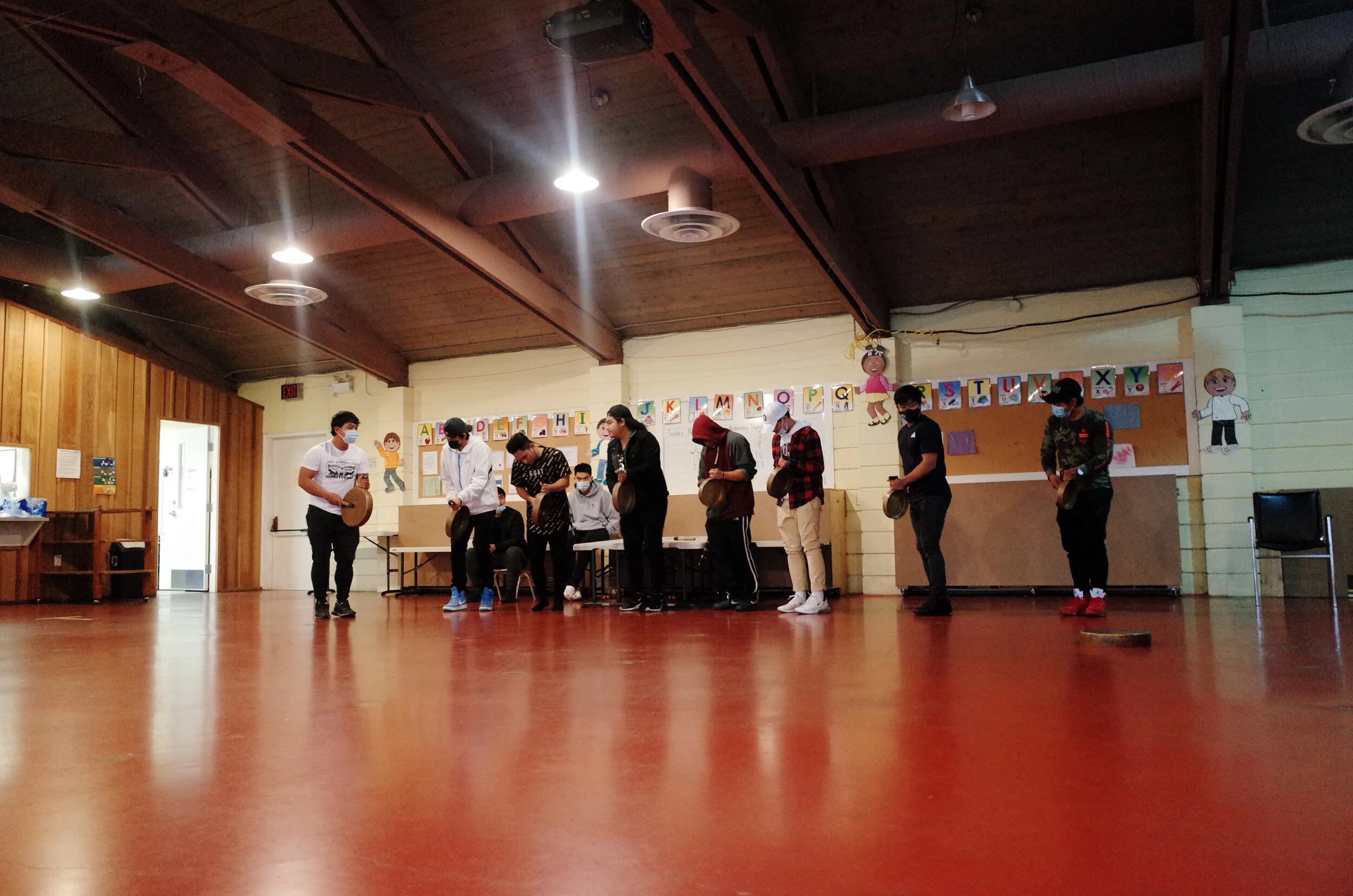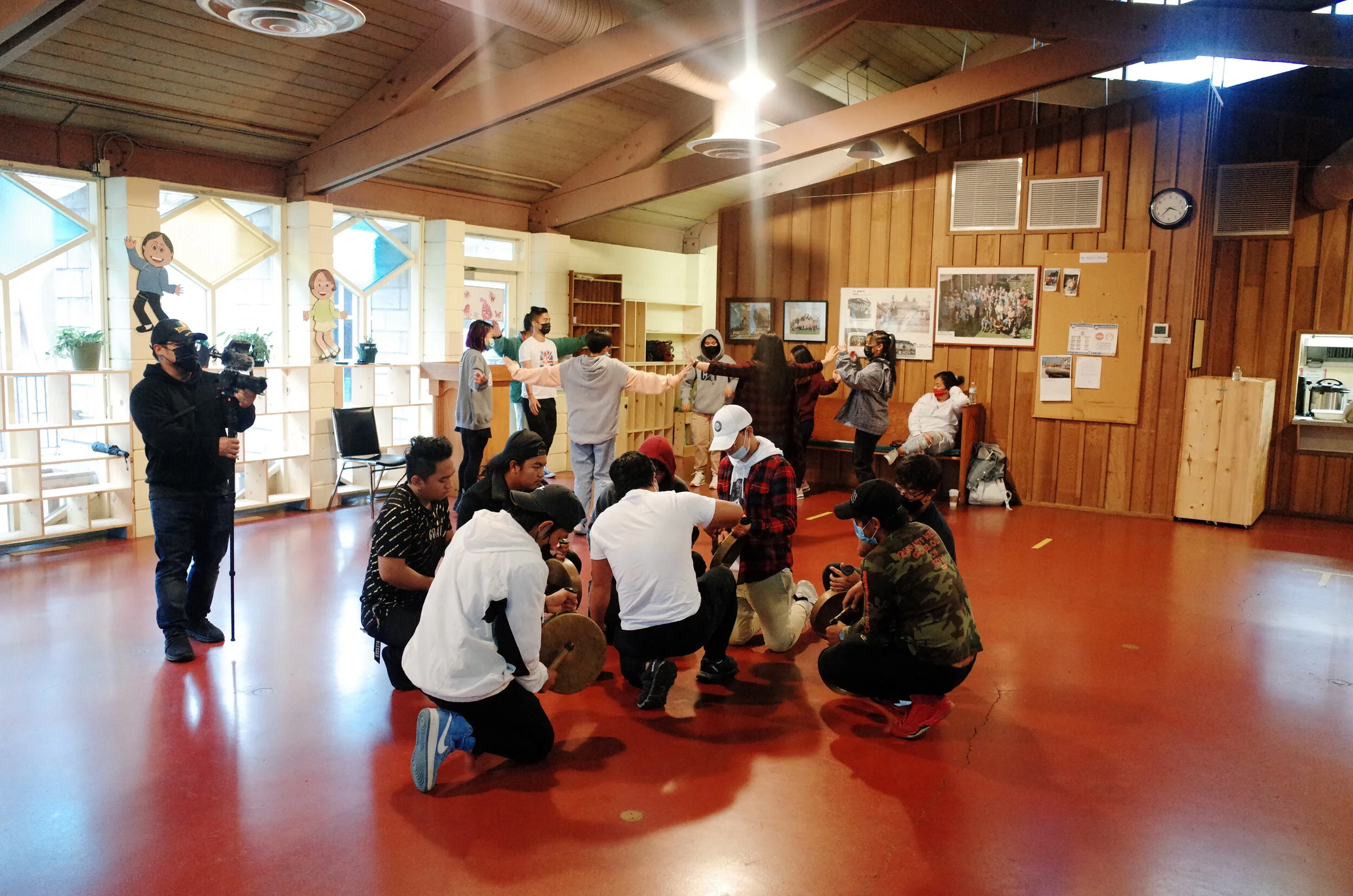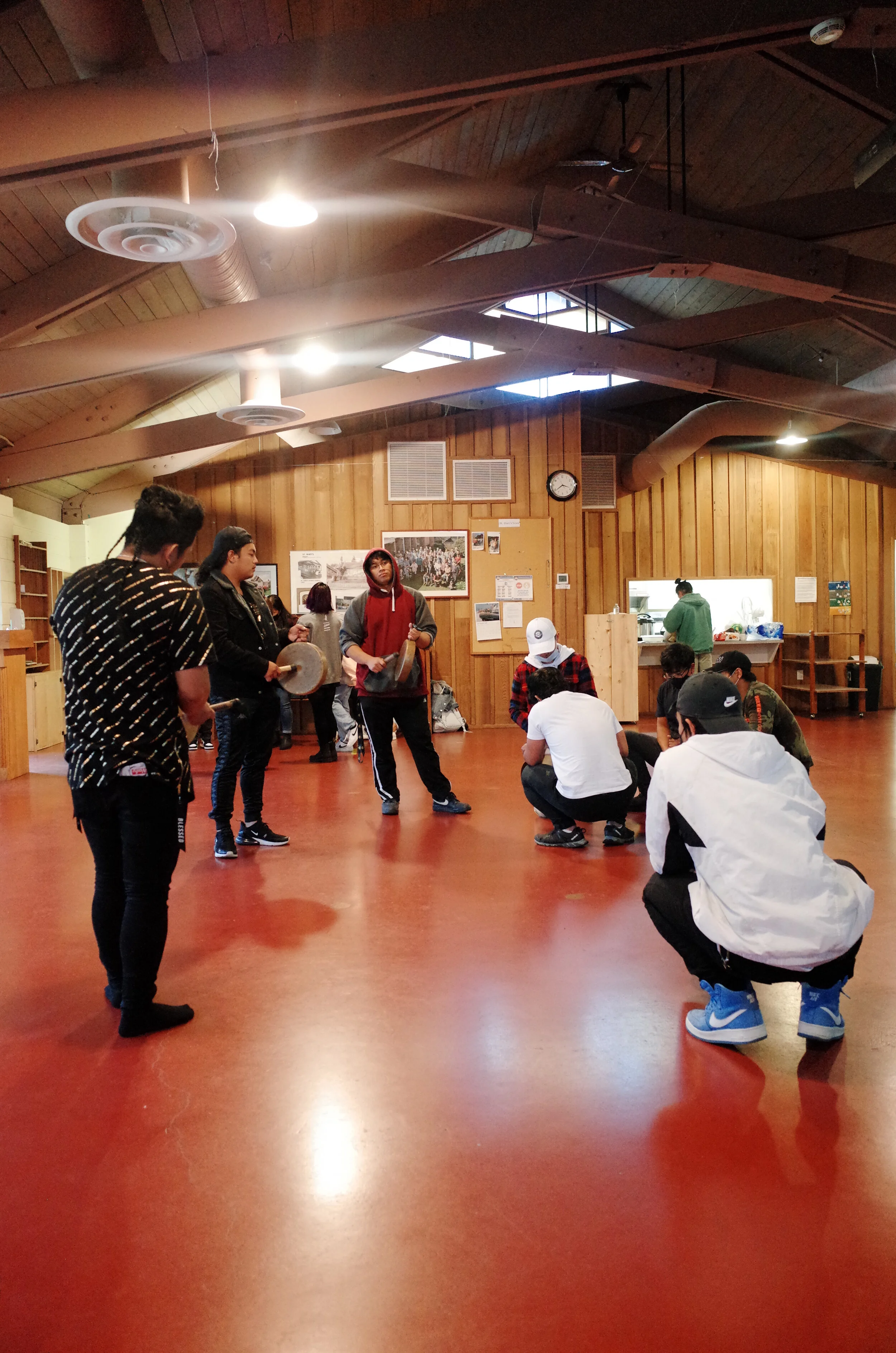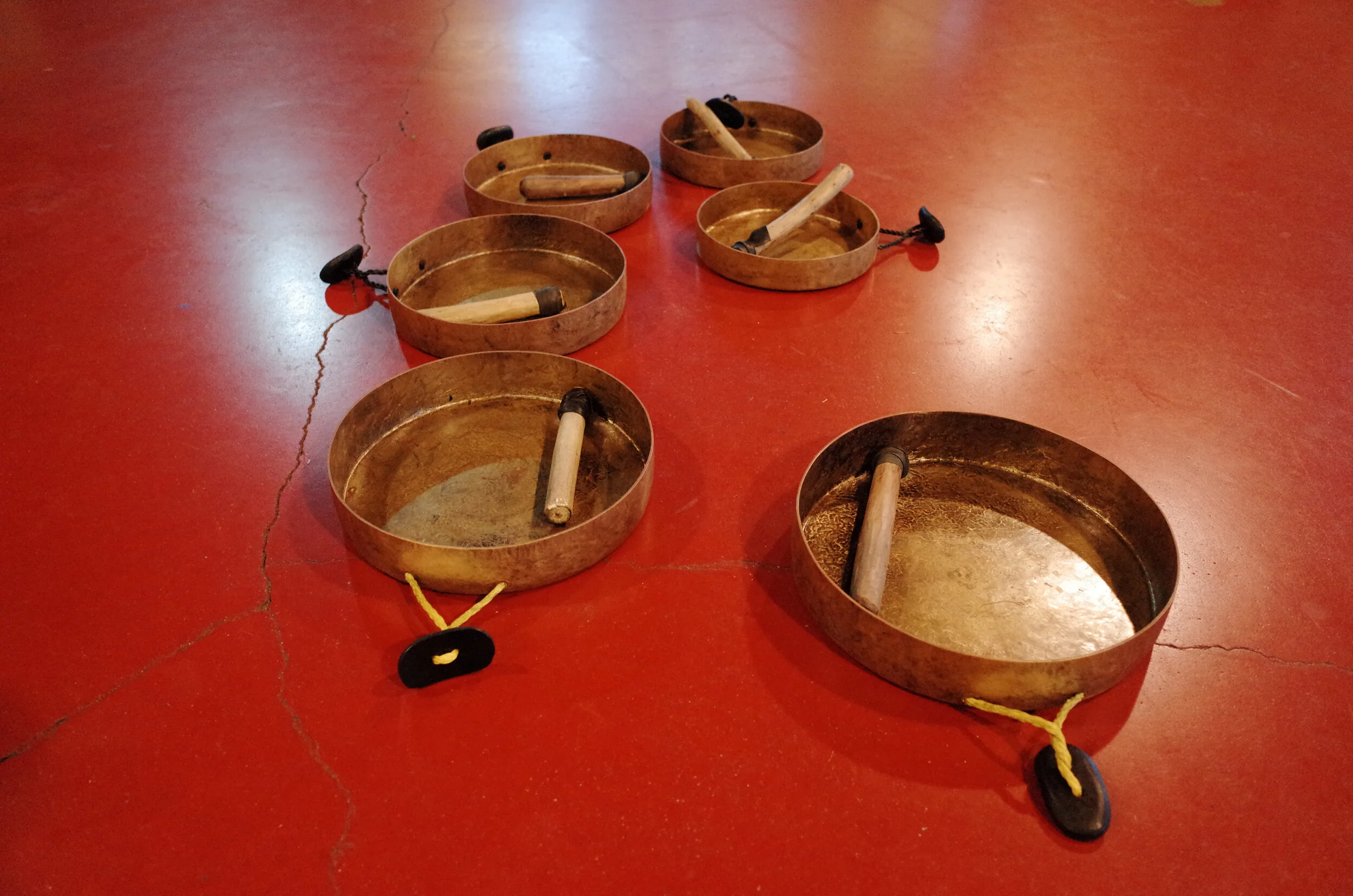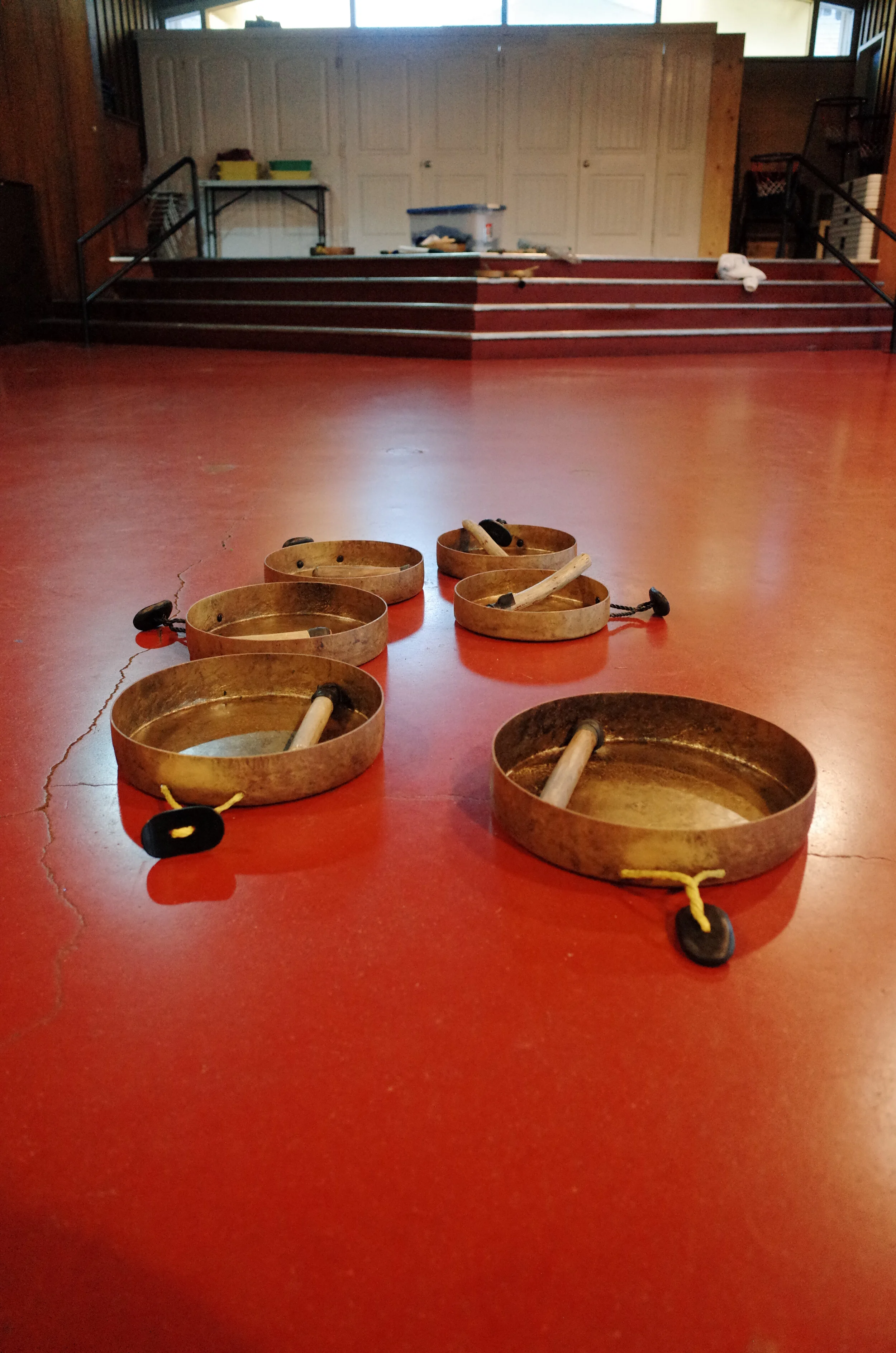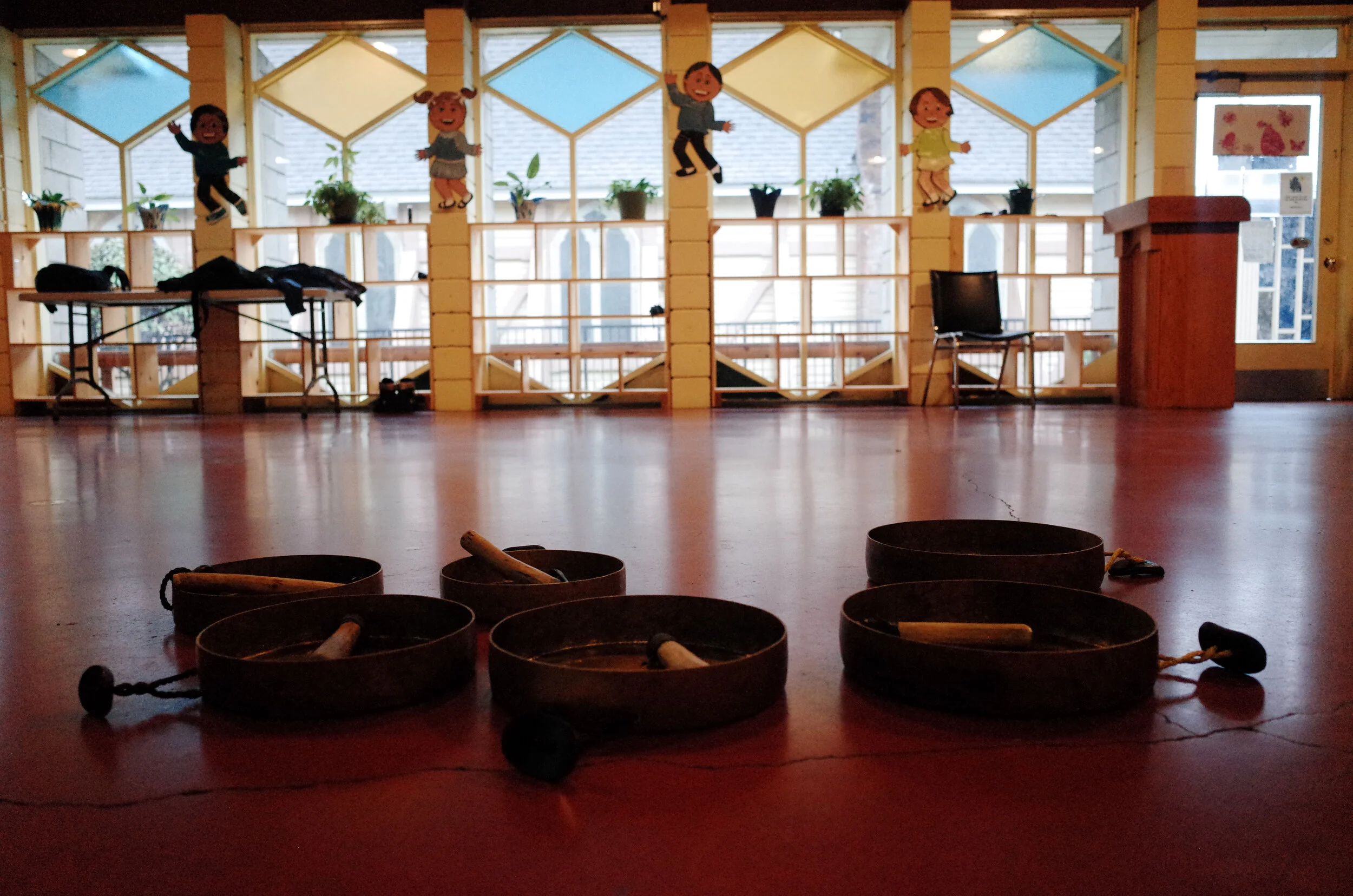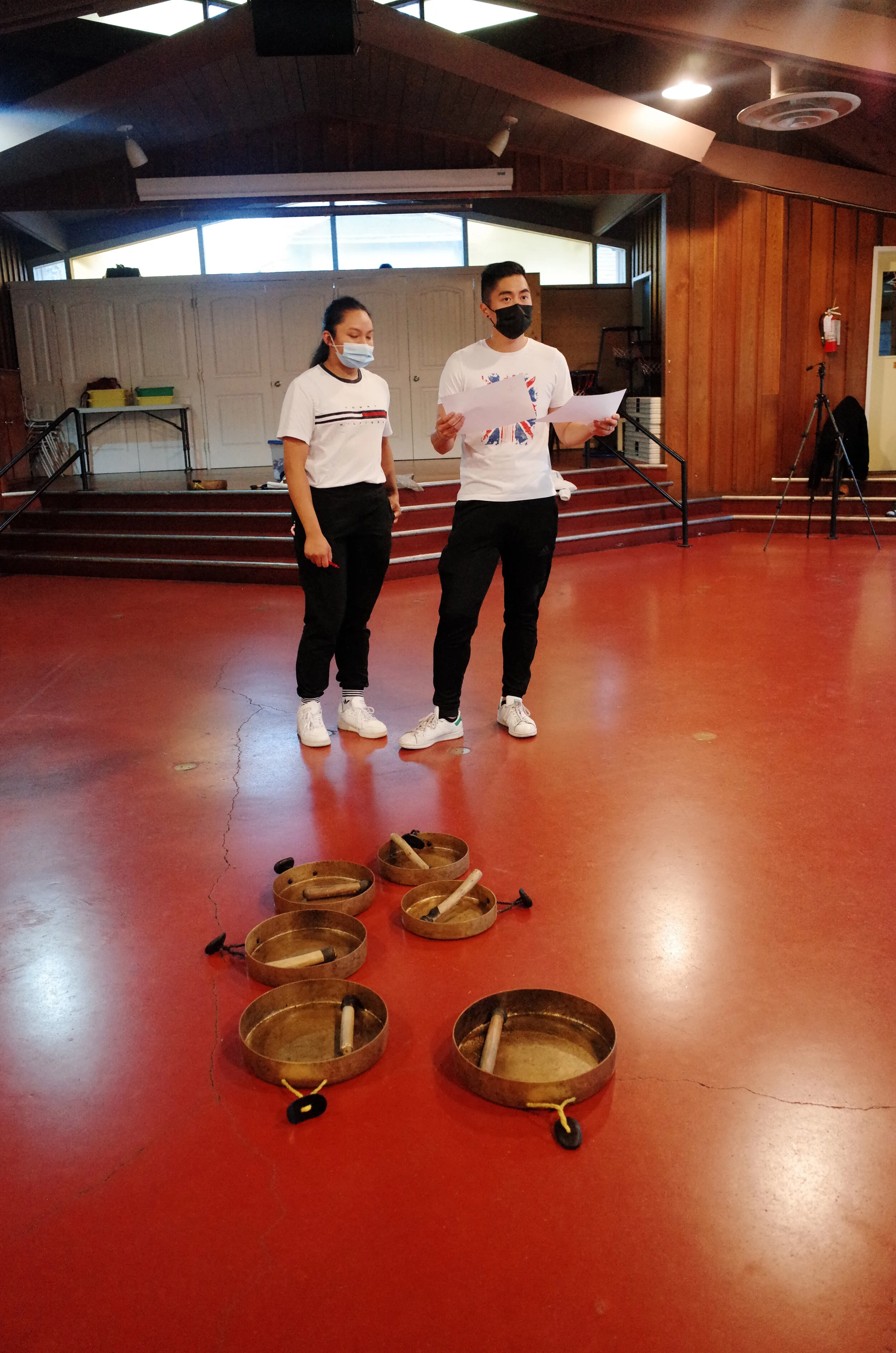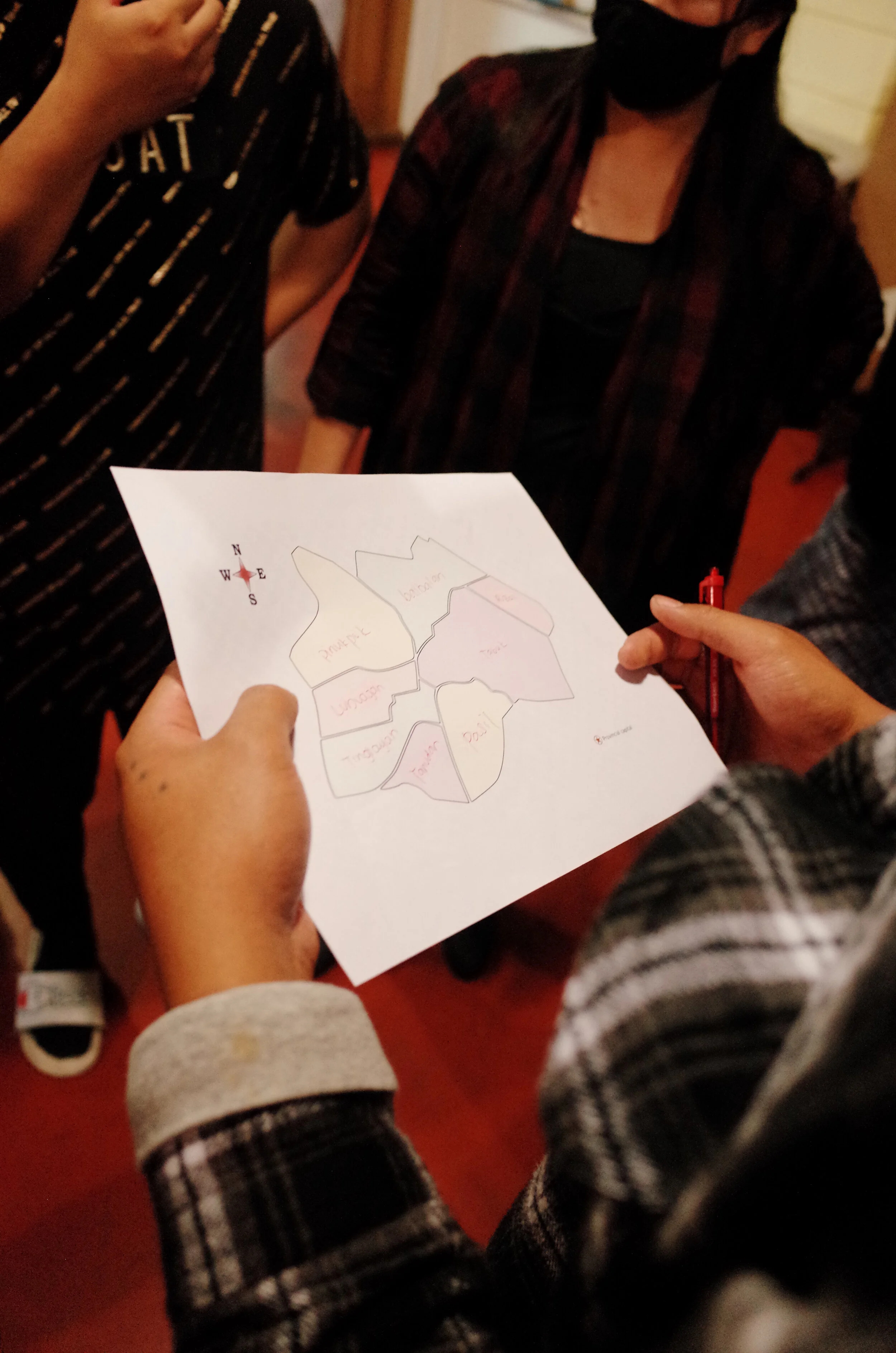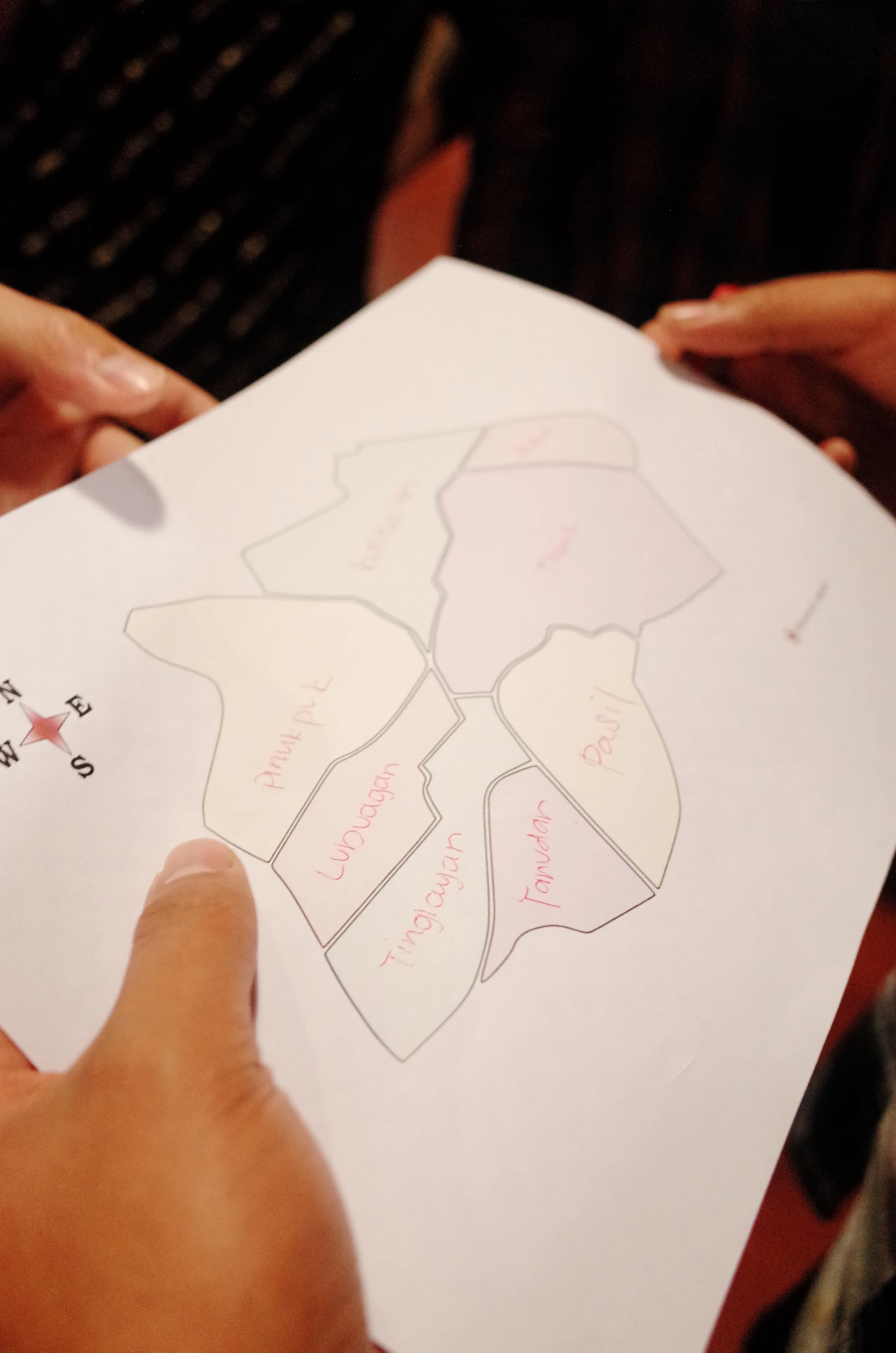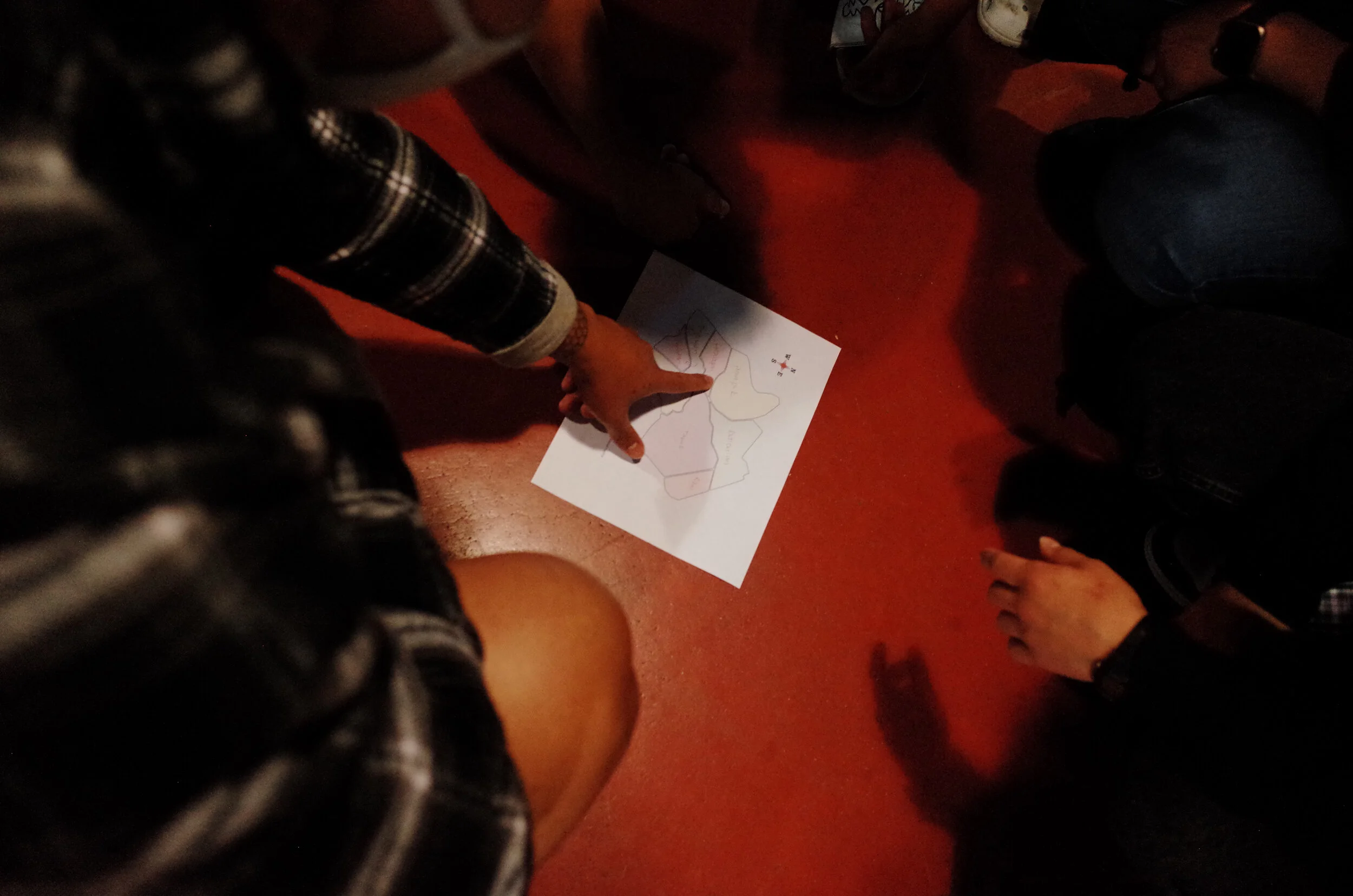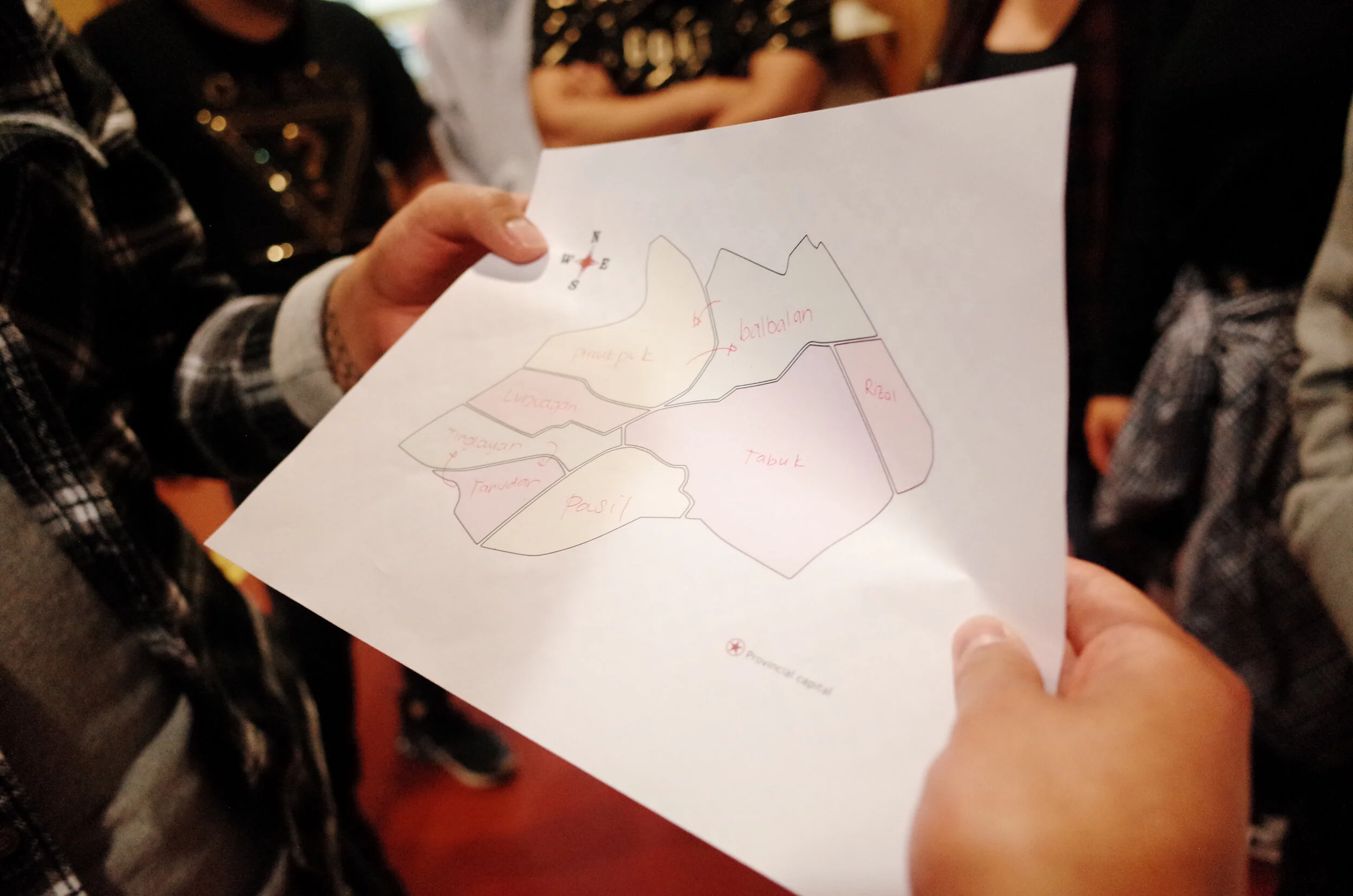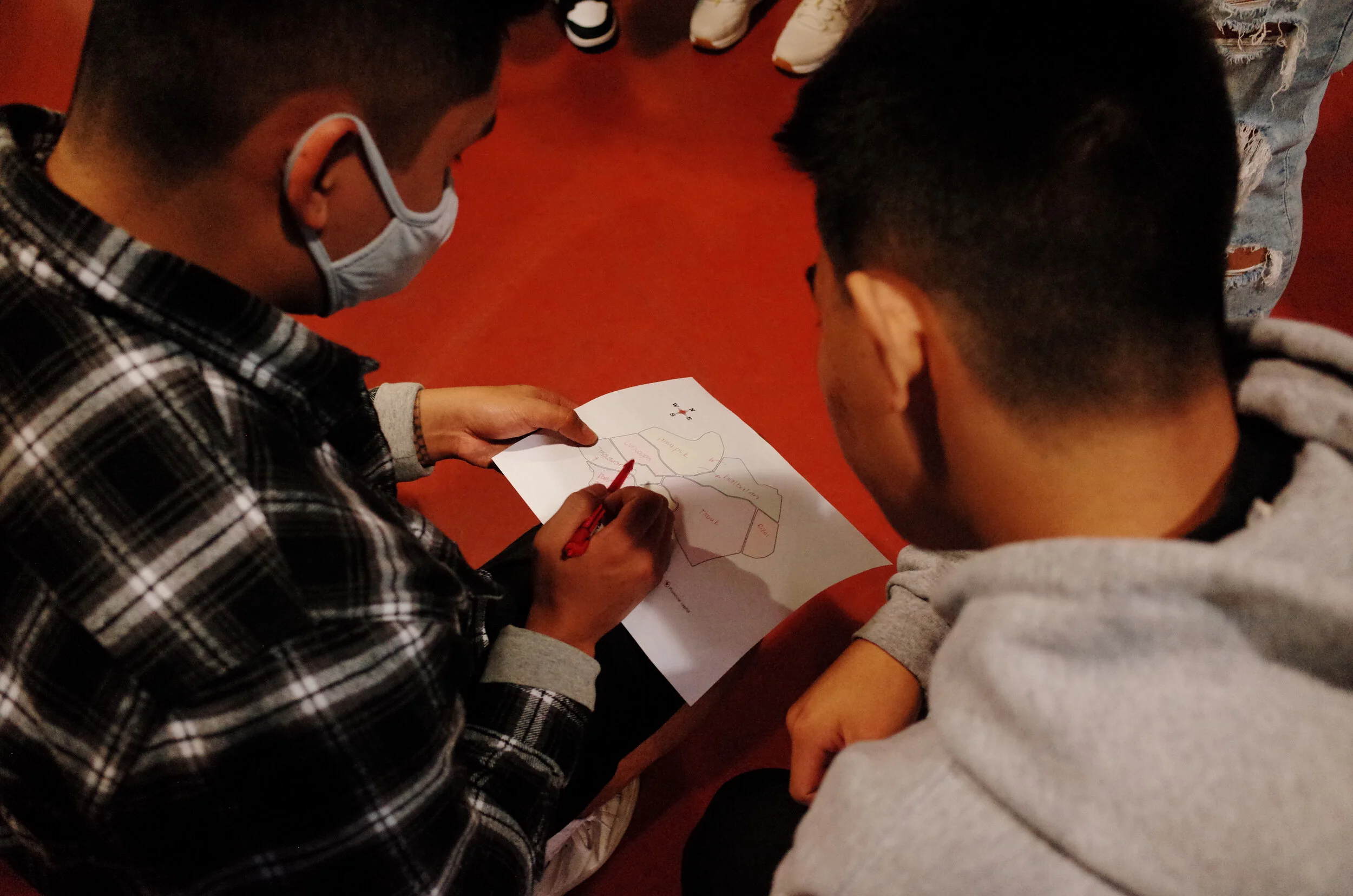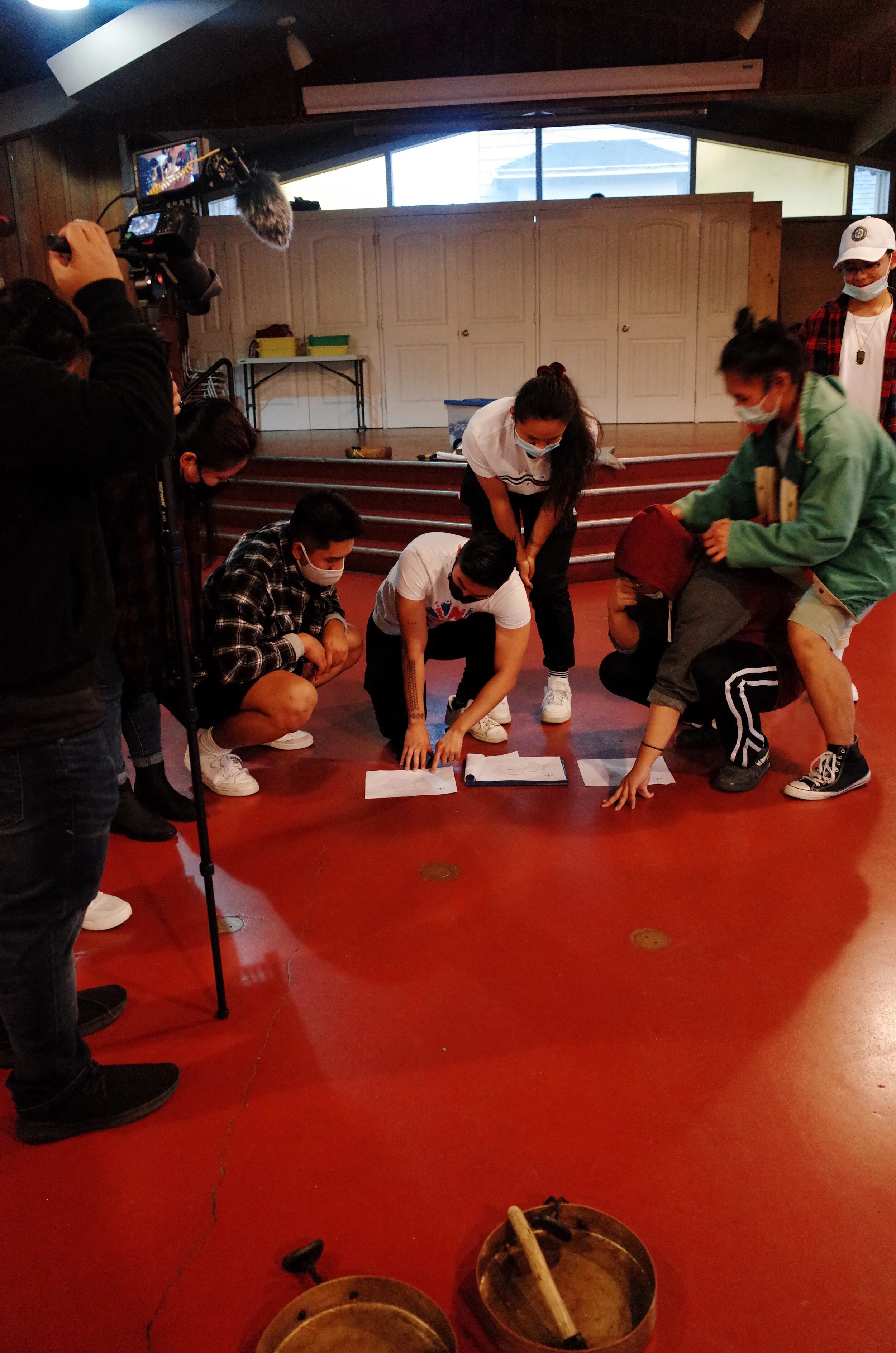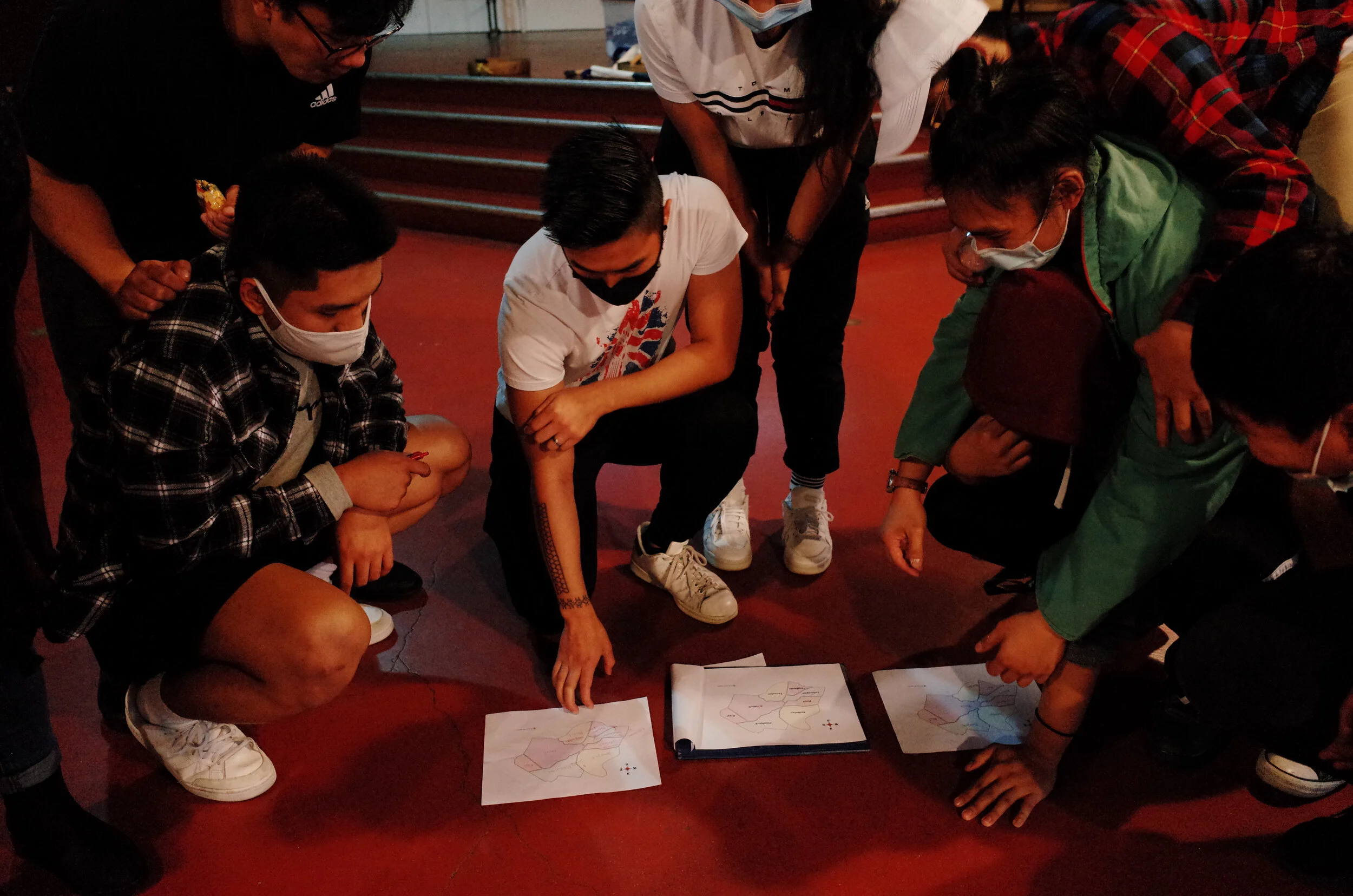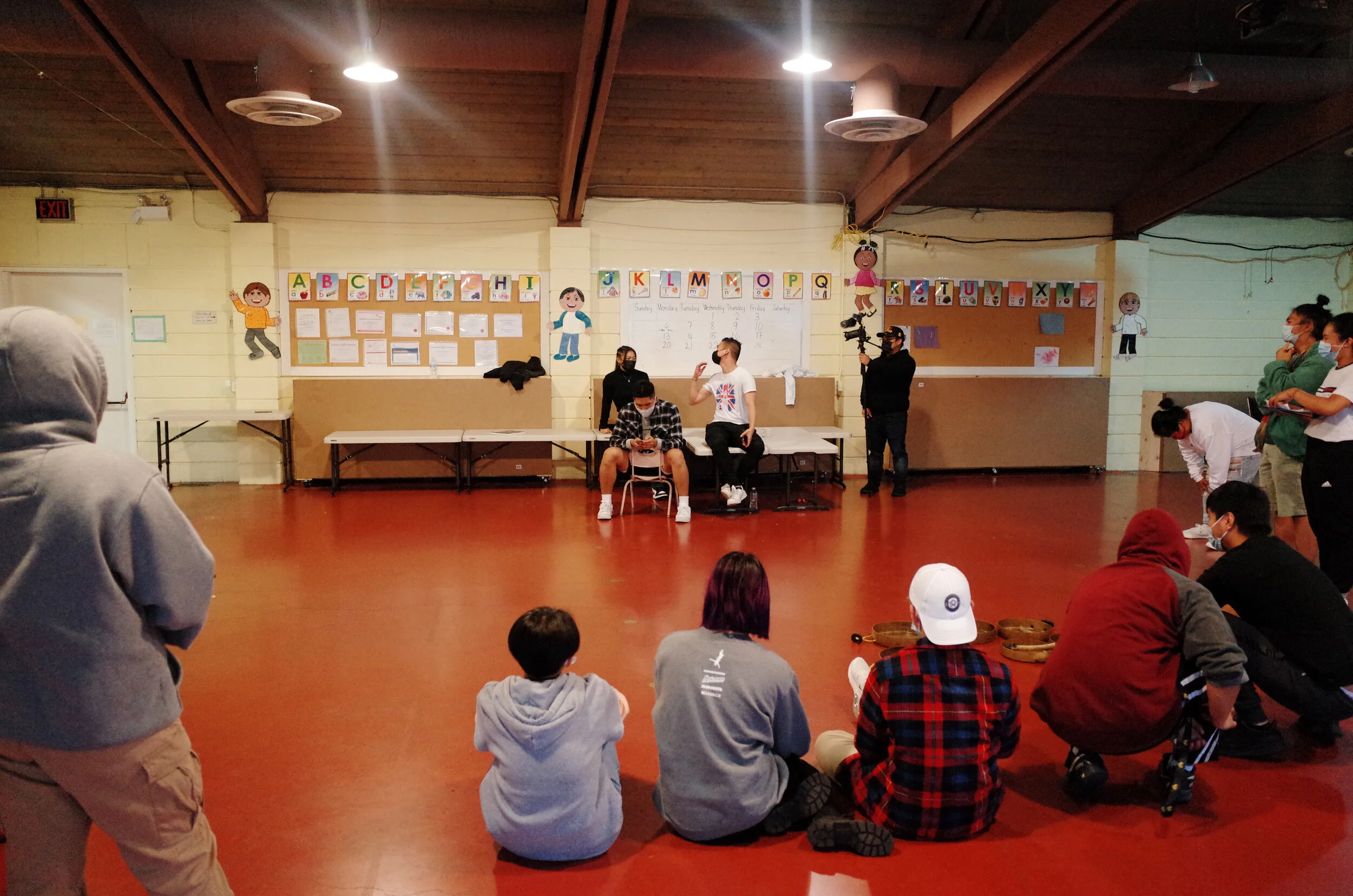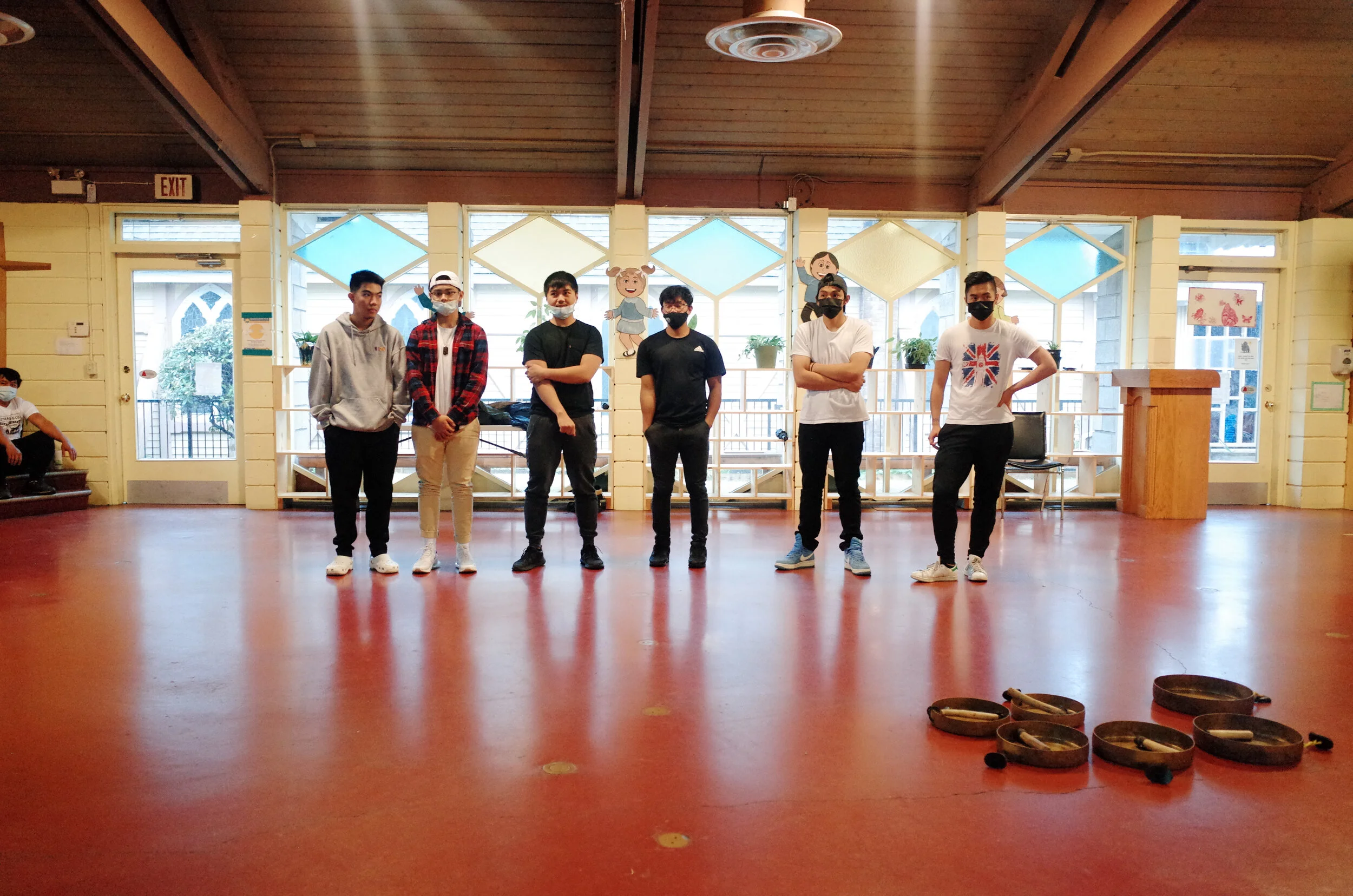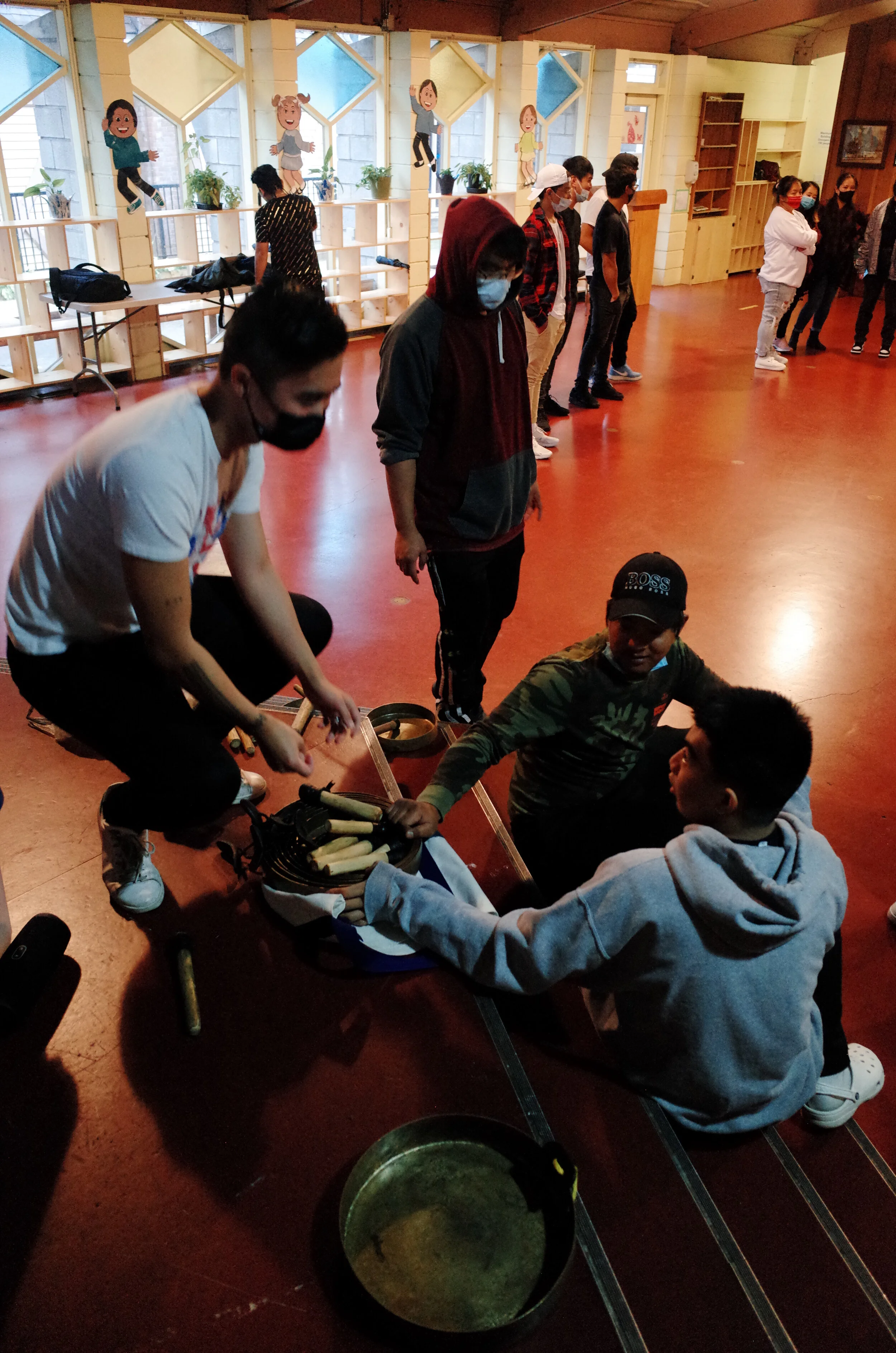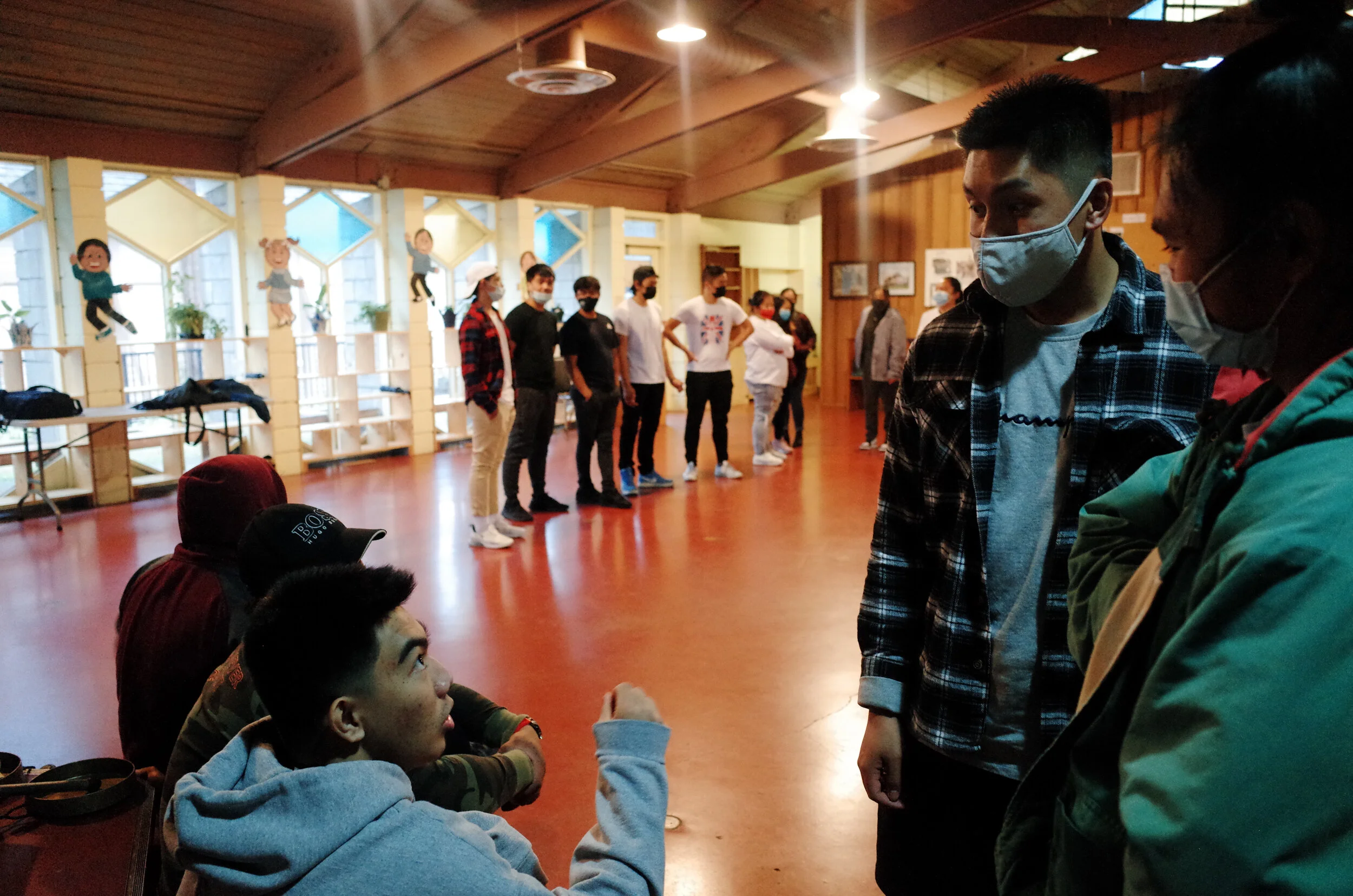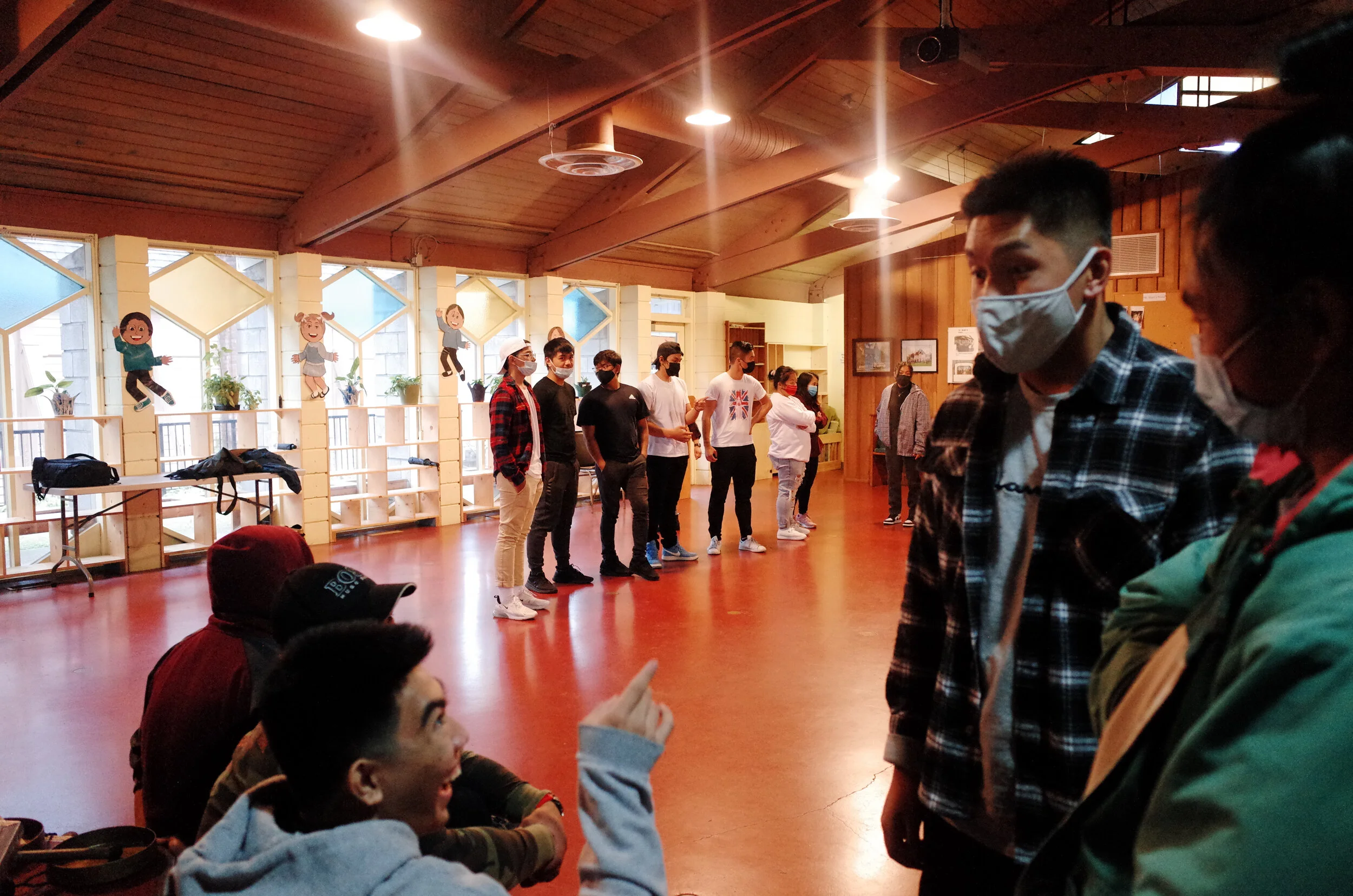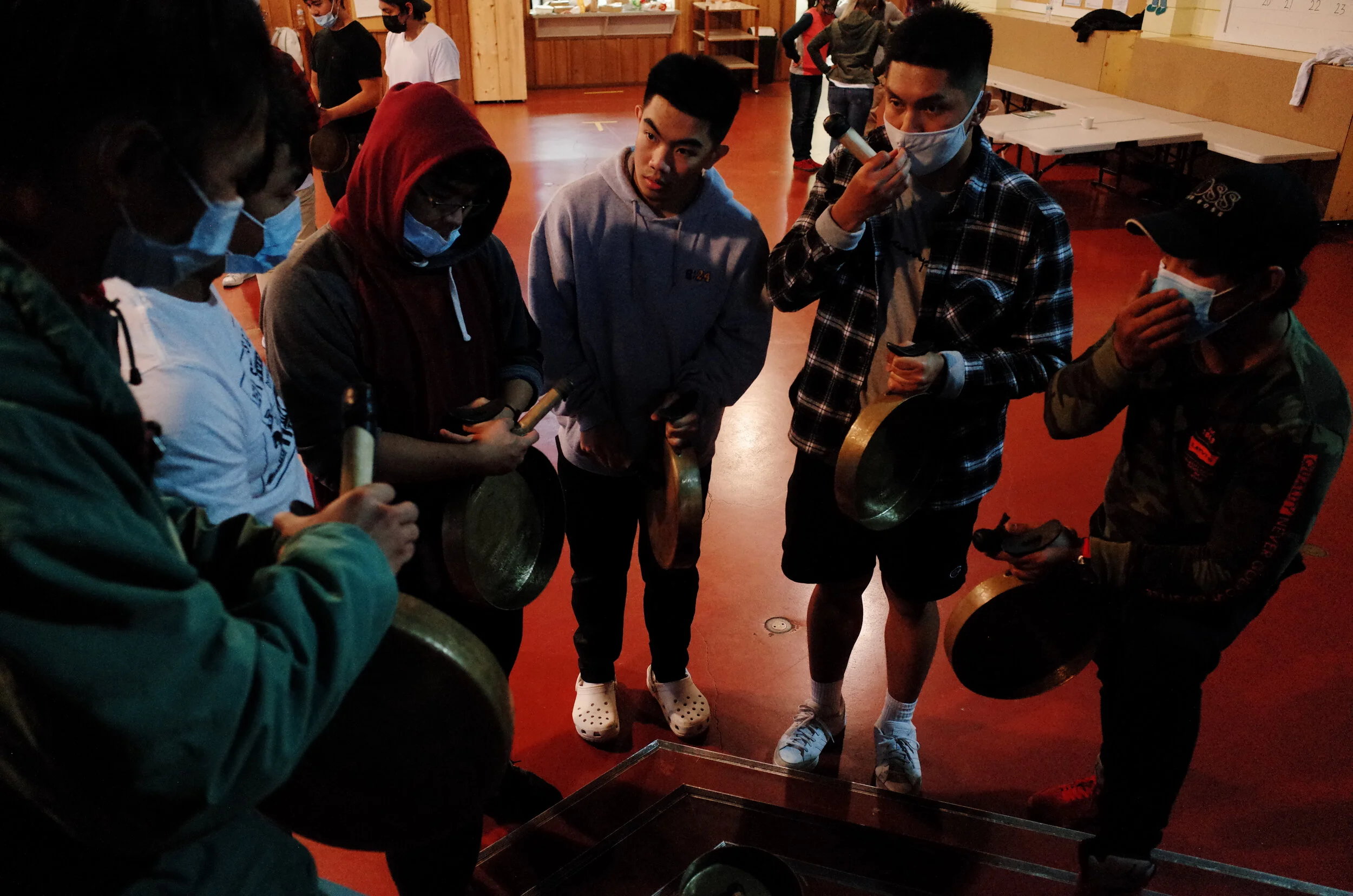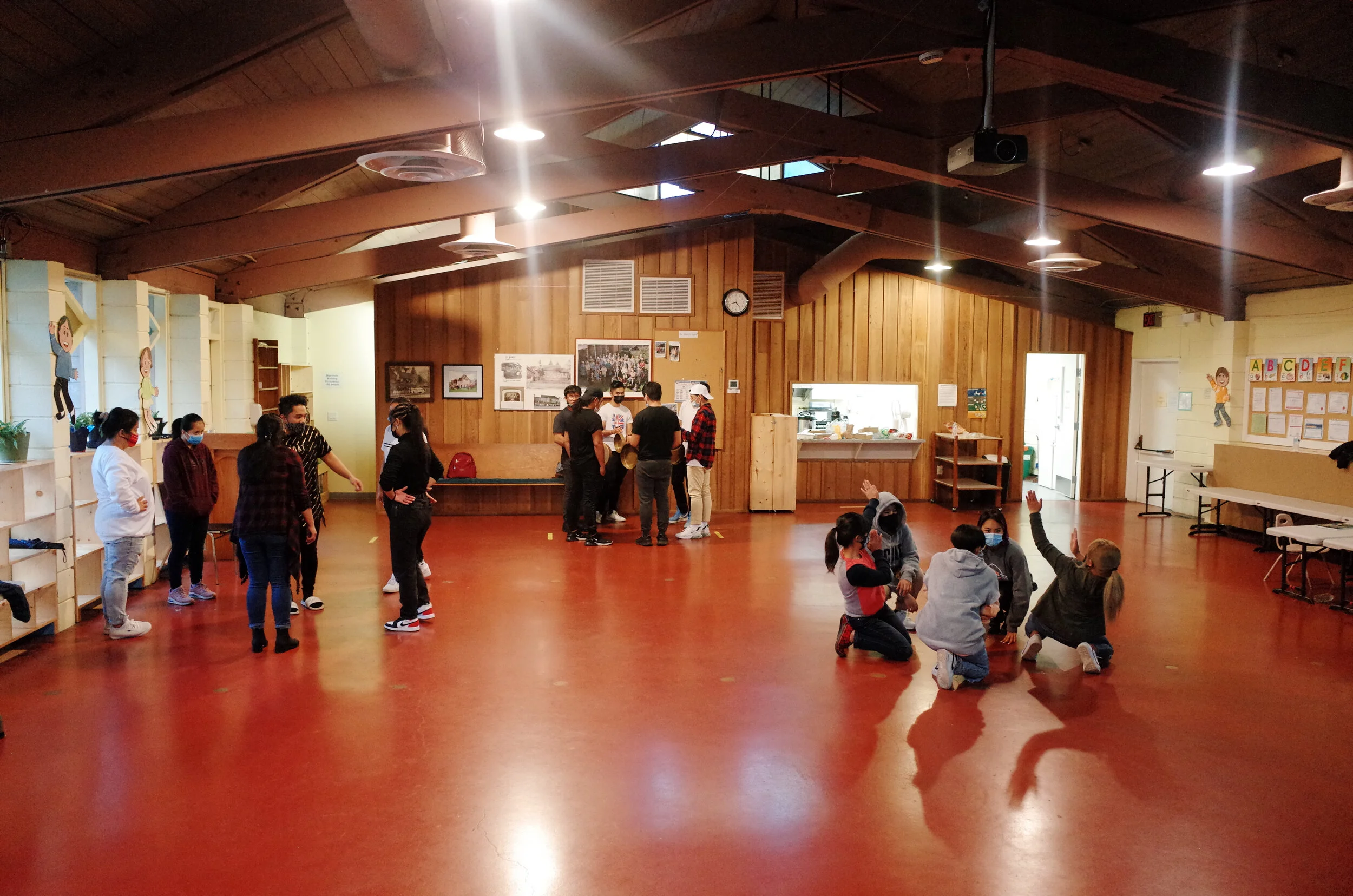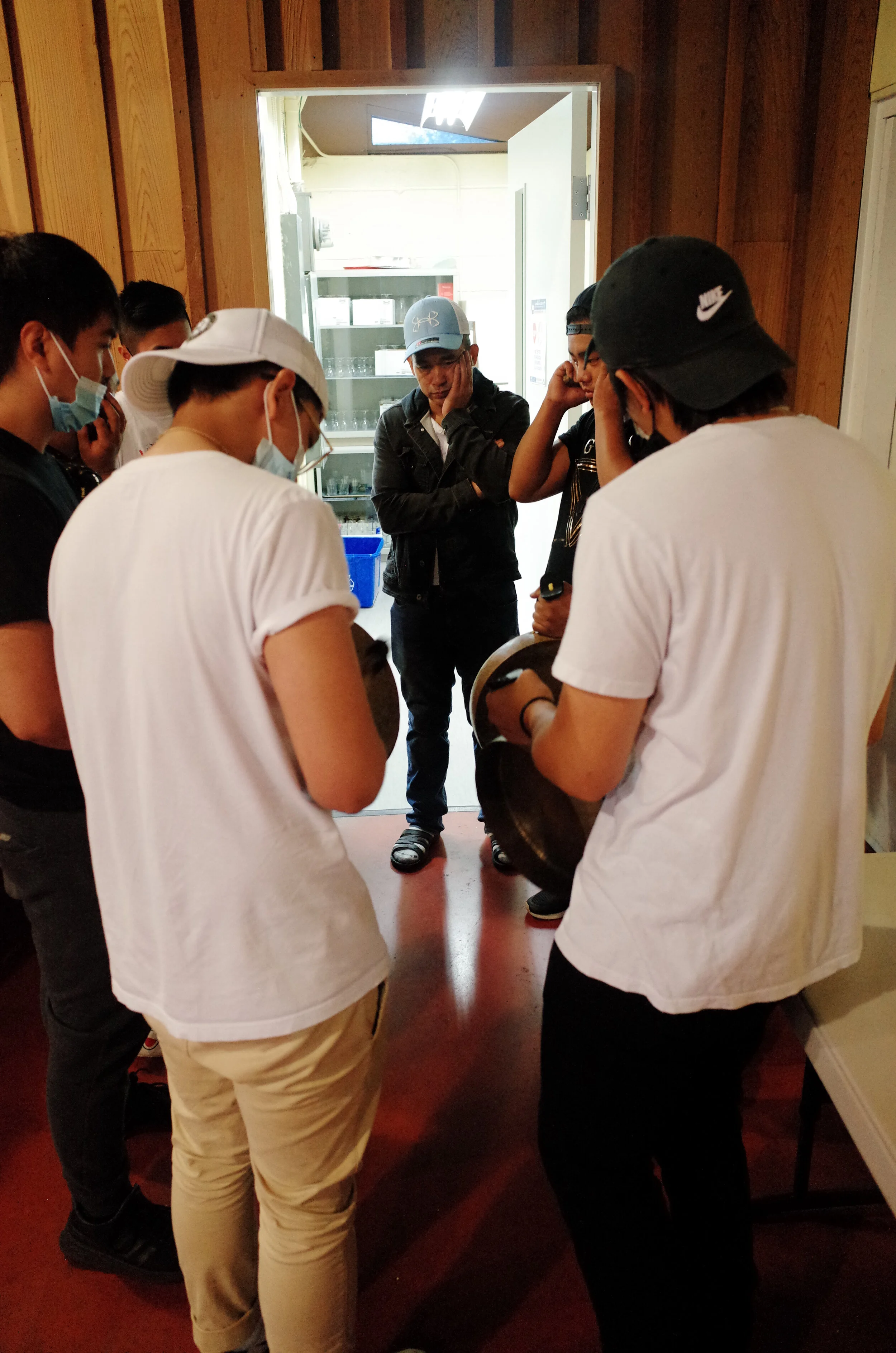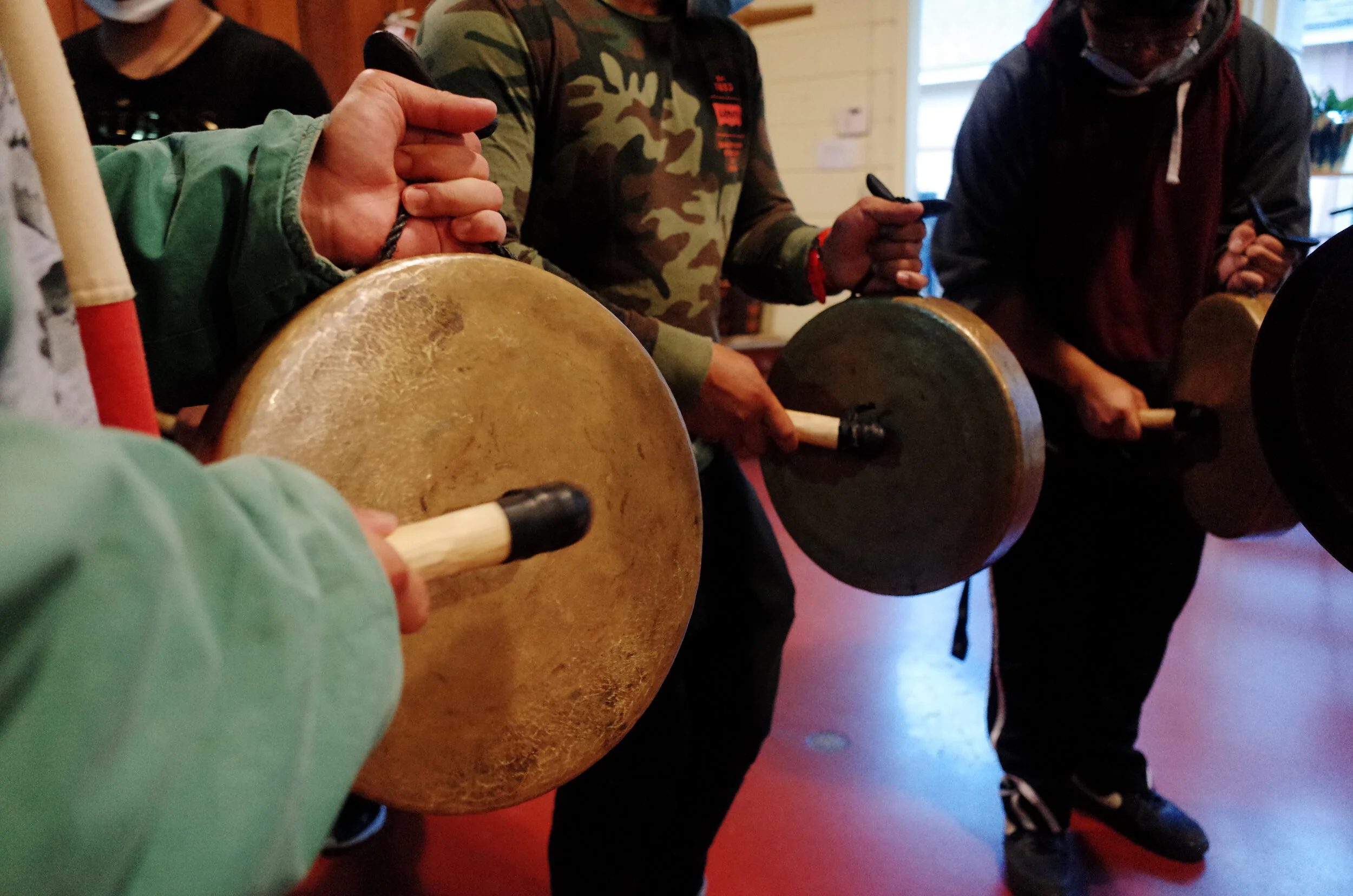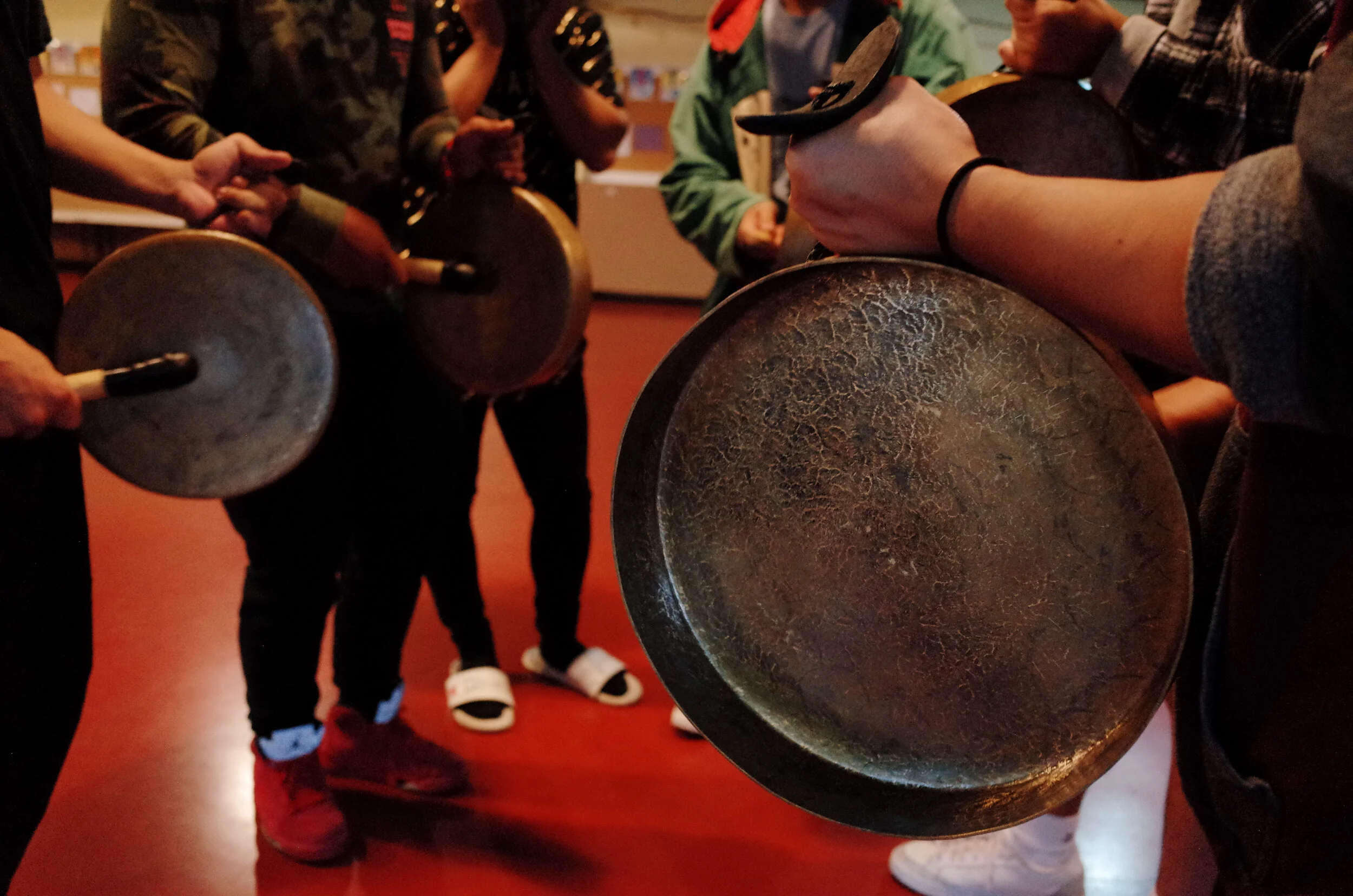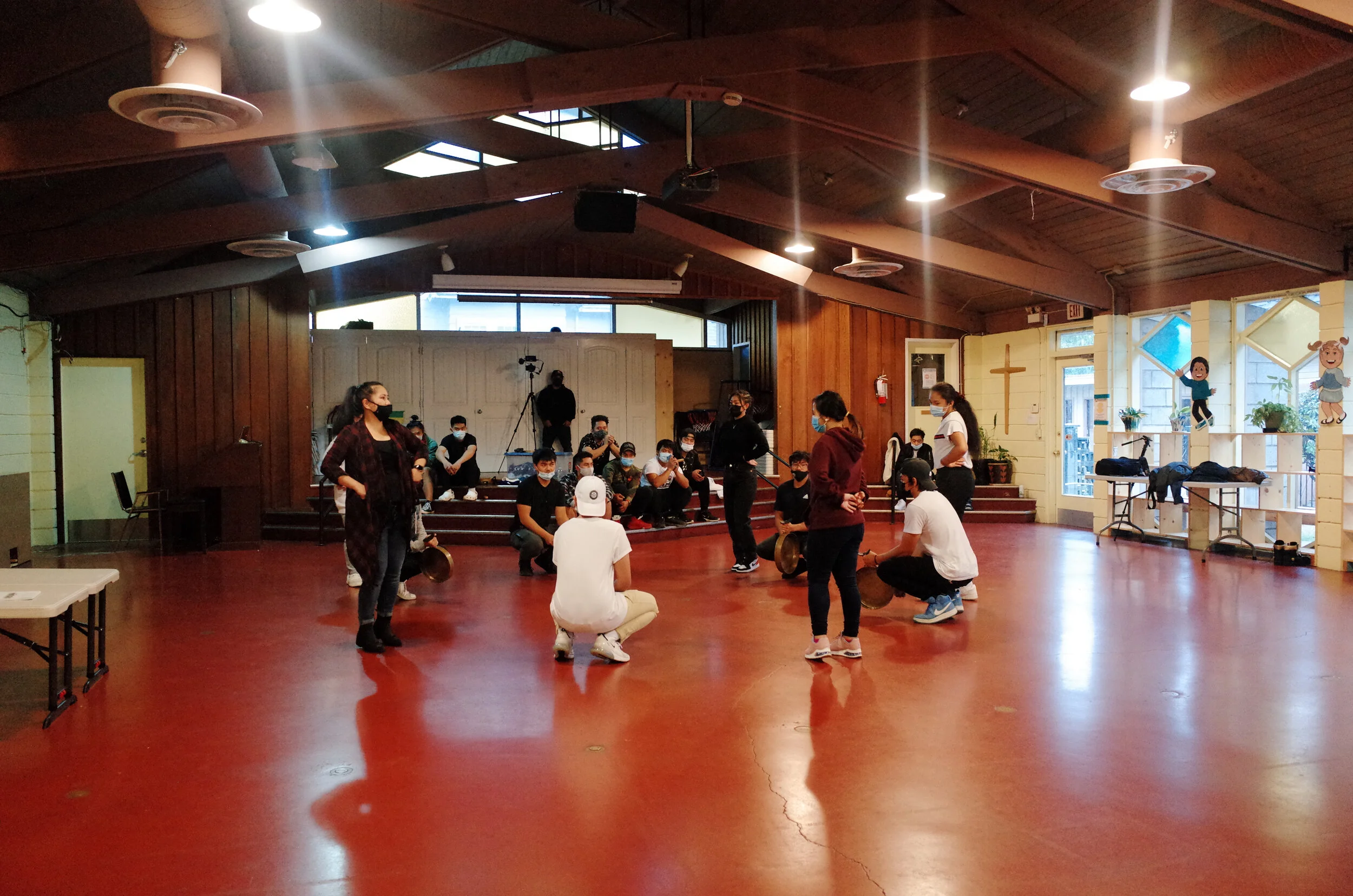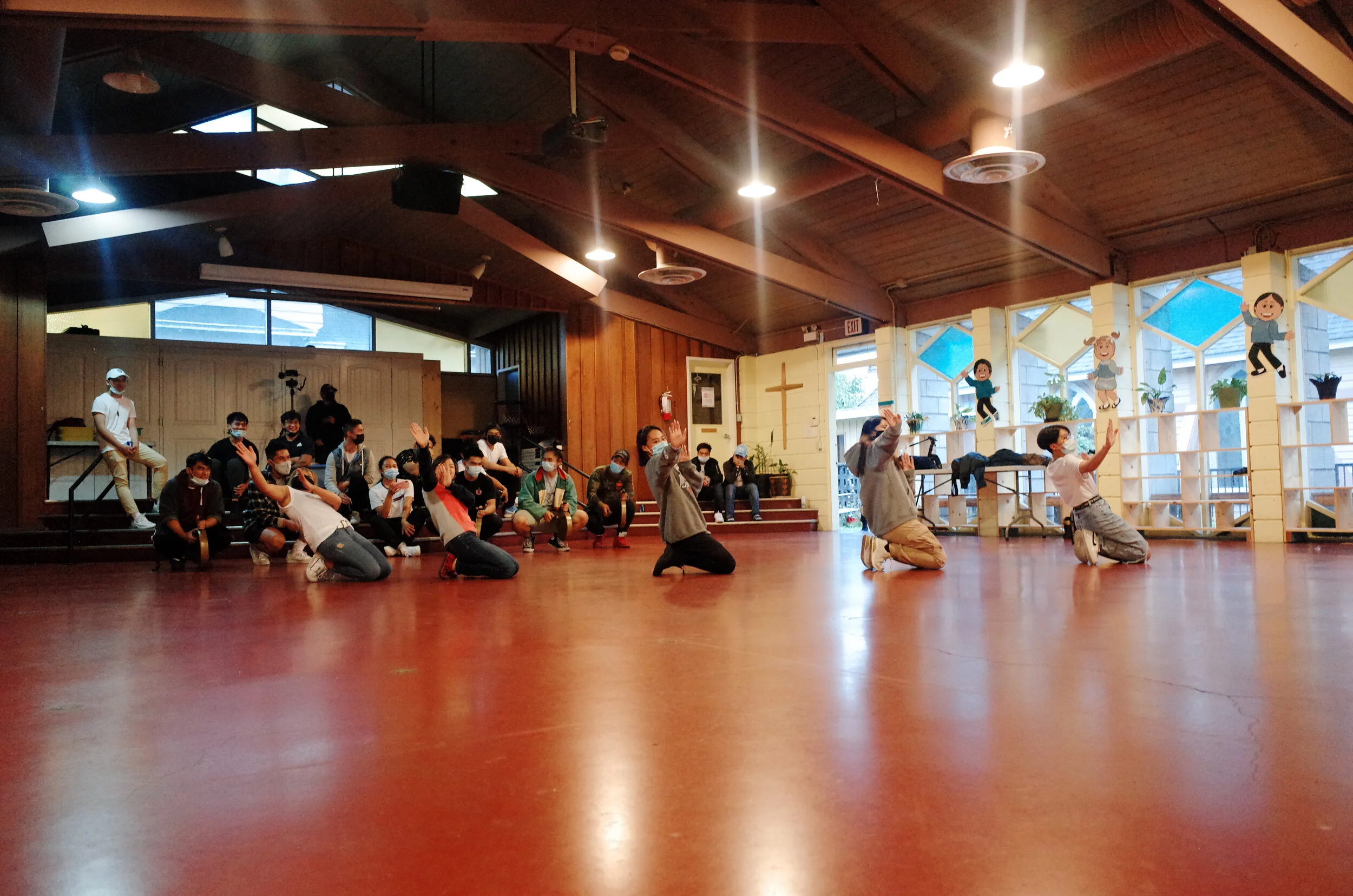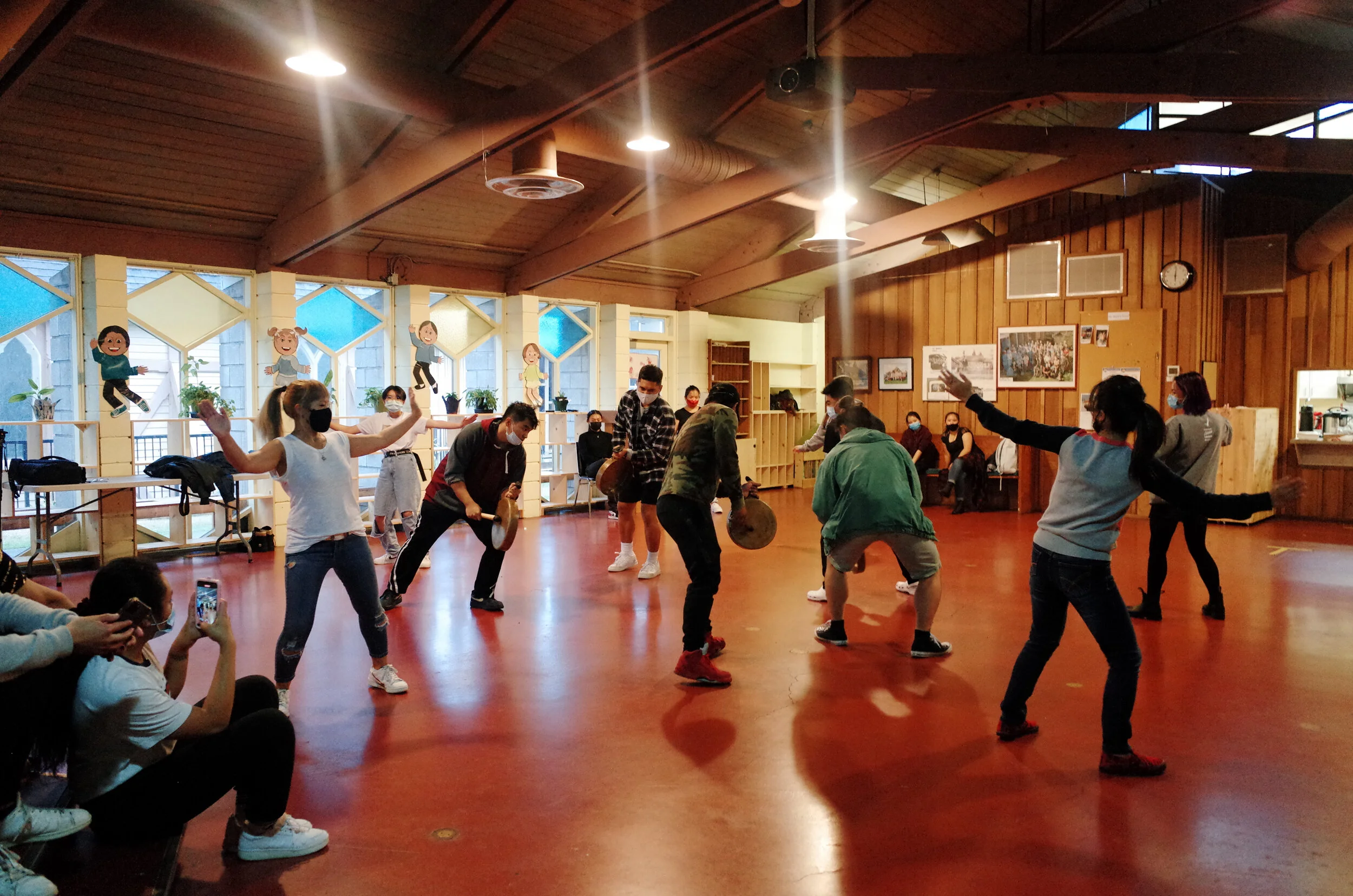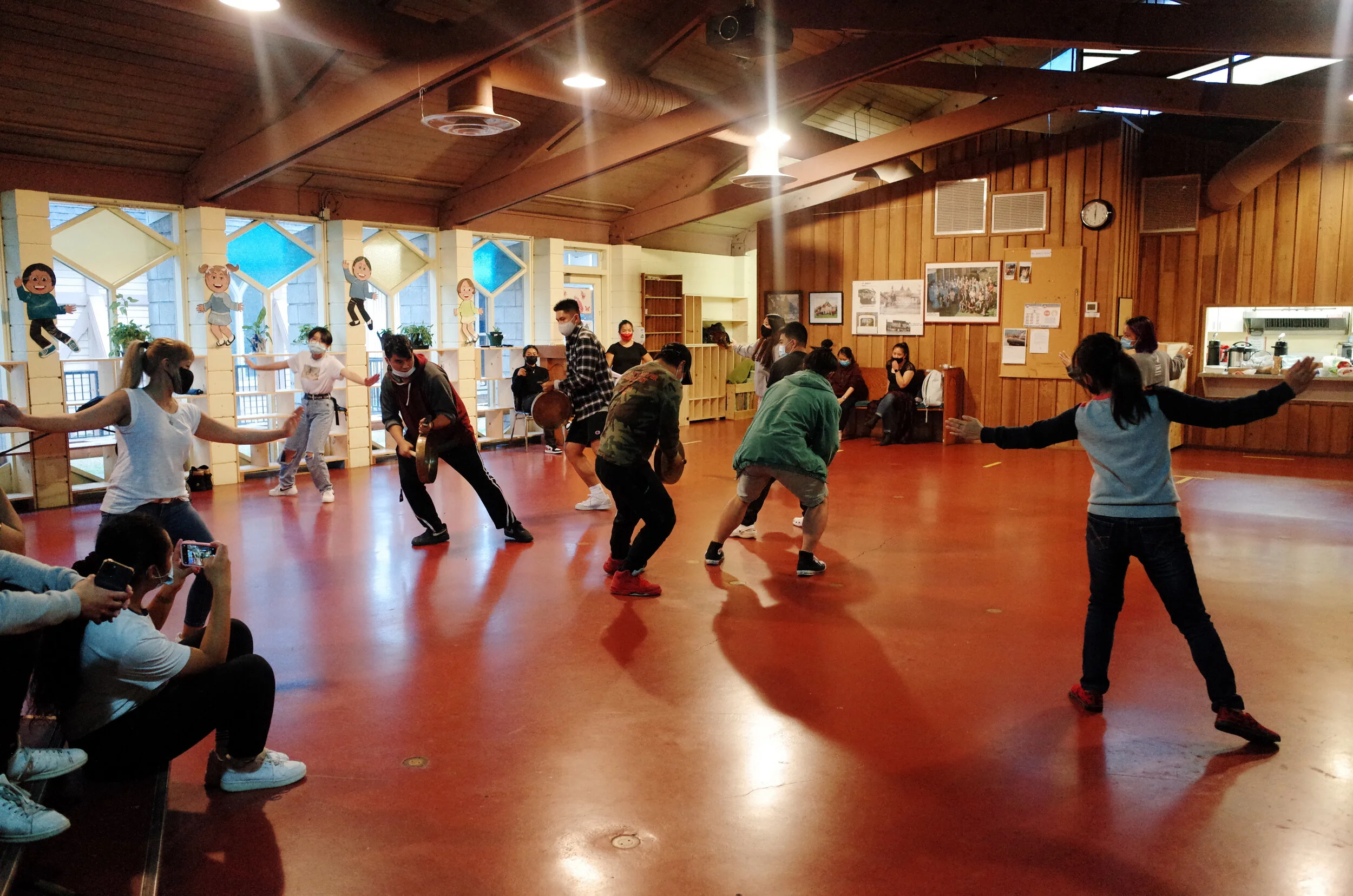BIBAK BC Youth Workshop
Kalinga Workshop #1
Kalinga is known for their ferocity in warfare throughout the centuries. In our contemporary times, they are well known for their other form of arts like music and dancing, as well as weaving and bead work, not unlike much of the rest of the Cordilleras. Most well known is the venerable Mambatok Apo Whang Od, and her practice of traditional tattooing*.
The workshop started with a few us riffing with the gansa (gongs). I even had the chance to participate in short by practicing how the gong is held, how it is hit, all in the tune and beat of what we wanted to achieve (something I was rusty in).
Once the rest of the youth joined, we did a few more practice dances to warm up and then moved on to the material. First on the docket was the Kalinga Province trivia.
We divided into two groups where we then had to pinpoint the various municipalities within Kalinga (shown in the pictures). It took a few couple attempts but eventually we finally nailed the locations (we weren't allowed to use google, but I cannot confirm nor deny any of the participants being fully honest).
One helpful hint from 2nd Vice Pres. Justice Bentayen; "When you go up to Kalinga from Sadanga, which place do you come to first?", and the answer is Tinglayan!
Here are some bits of info from aunty Joy Dangpason Angnganay:
"Kalinga is a tribal community landlocked in the province within the heart of the Cordilleran Region in northern Luzon.
Its capital city is Tabuk and It is bordered by Mountain Province in the south, Abra to the west, Isabela in the east, and Cagayan in the northeast.
Kalinga-means “enemy fighter” or “head taker”
Kalinga has two swaths of geographic areas
- Lowlands: pasture lands(grassland)
- Highlands: areas of tropical rainforest
The Kalinga, much like the rest of the peoples of the Cordilleras, have a rich history of cultural traditions and artistic expressions through music, dance and artisanal work such as weaving and the like.
Until now they still honour and enforce “peace pacts” or bodong to resolve tribal conflicts within their borders as well as with their neighbors.
Of course the Kalinga are world renowned for their practice of Batok, or hand tapped tattooing, for which Apo Whang Od is known for. The oldest living mambatok, the sacred artform that is still practiced in Kalinga.
*The practice of the traditional tattooing however is widely less practiced during the present day, as the way in which men may traditionally earn the rite has waned due in part to our culture moving away from headhunting. (K. A. Macapugay)
Many people throughout the world now make their pilgrimage to Buscalan, Tinglayan to see and be blessed by her grace and get a nice touristy tattoo.
Kalinga province - is composed of 8 Municipalities:
Balbalan: A remote place amid rugged mountainous terrain in the most peaceful place in Kalinga, where they produce sweet oranges and Binungor, a famous exotic delicacy
Lubuagan: Known for agriculture of coffee, native tomatoes, rice and corn. It is where you find the beautiful Awichon cultural village cottages and where you can see the Chico River
Pasil: People here are charming, cheerful, positive, outgoing, inspiring by being the best experts of making an “inanjila”, a sticky rice wrapped with banana leaf and coconut
Pinukpuk: Is called after the art of metal craft and is a gateway to Cagayan. Here they practice upland rice farming, kaingin system. It is where they produce upland red rice and bananas
Rizal: is known for products of rice and corn, as well as known for their Pinikpikan. Rizal used to be called Liwan.
Tabuk: The central city of Kalinga, called the Valley Of the Gamonang, where a Kalinga tribe dominated northern Kalinga some centuries ago, with agriculture being the major occupation
Tanudan: Known for Mount Binaratan, “Silent Mountain”; a well known habitat for birds, coffee, and eel or dalit
Tinglayan: Home of mambabatok “tatto artist” Apo Whang Od. Going to her village called Buscalan,Tinglayan is a challenge, with no established transports going there. To get there you hike through mountain ranges, valleys and rivers, in order to reach the village; not unlike some of our own experiences going back to our own.
Here are some more bits of info from aunty Erlyn Bacagan and uncle Butch Fernando:
"The Sleeping Beauty is found in Tinglayan. Where a long held myth that two forms of mountain peaks and its range form an image of a sleeping lady.
Weaving is usually done in Lubuagan. Lubuagan has been the center for education before where lots of i-Mt Province and i-Benguet went to high school.
Running across the province is the Chico River with headwaters coming from Mt. Province. This river during President Marcos was proposed for a dam that would submerge most of Mt Prov and Kalinga. Resistance from the people from the affected areas and led by then Macliing Dulag. Kalinga and Bontoc women took an active role in the resistance."
“Kalinga Apayao was one province prior to 1995 when they were declared as separate provinces thus you can still hear or read Kalinga Apayao address as one province”
Kalinga is a Cordilleran Province where numerous tribes or Ili reside, one of these are the Butbut tribe for which Apo Whang Od is a part of.
The Pictures below are documentation of our BIBAK BC Youth Workshop detailing and learning about Kalinga. After we did the trivia, we proceeded to divide into two groups again to practice specific Kalinga dancing and gong playing.
